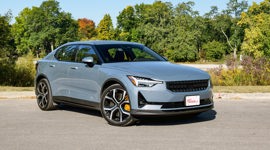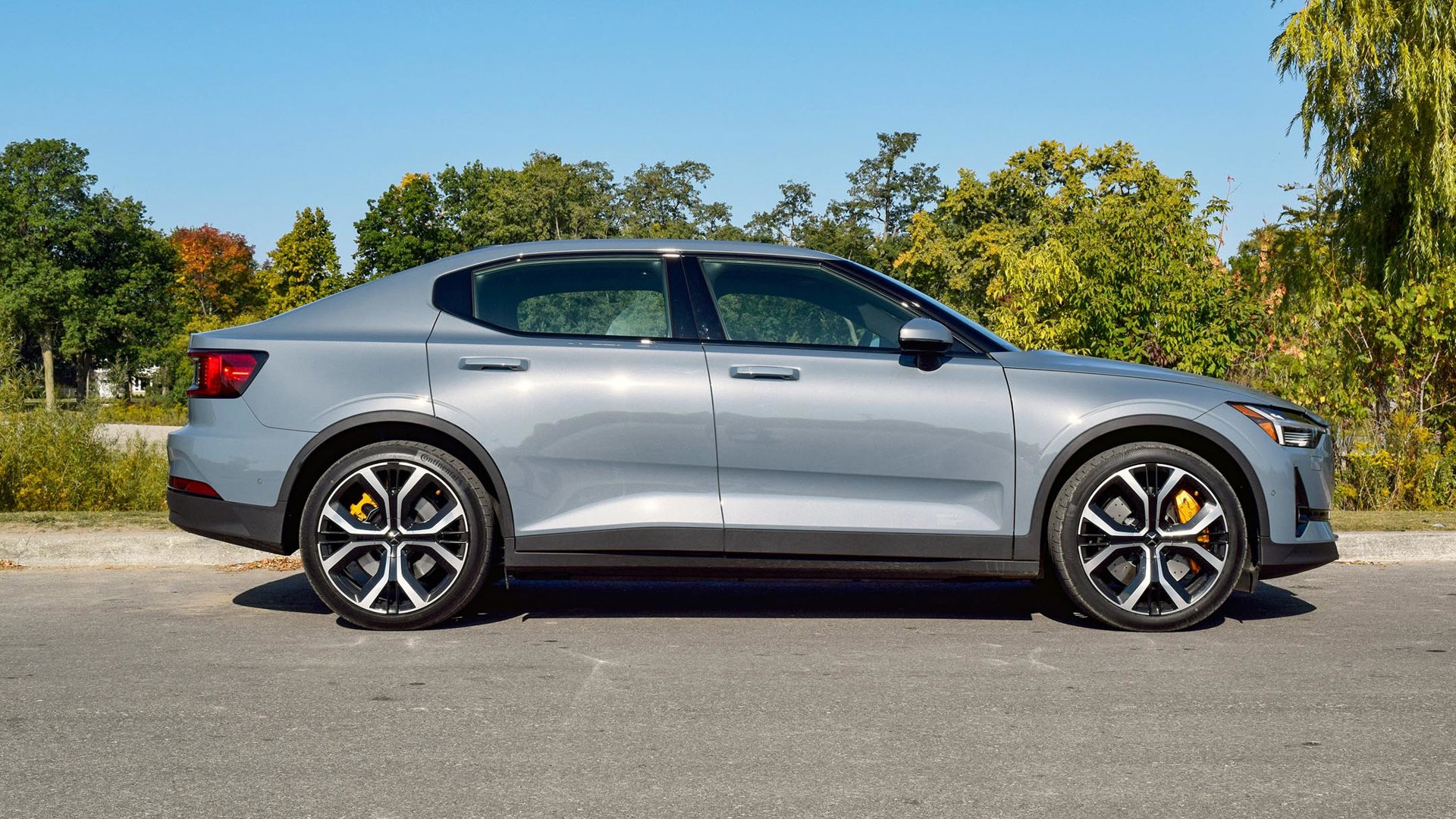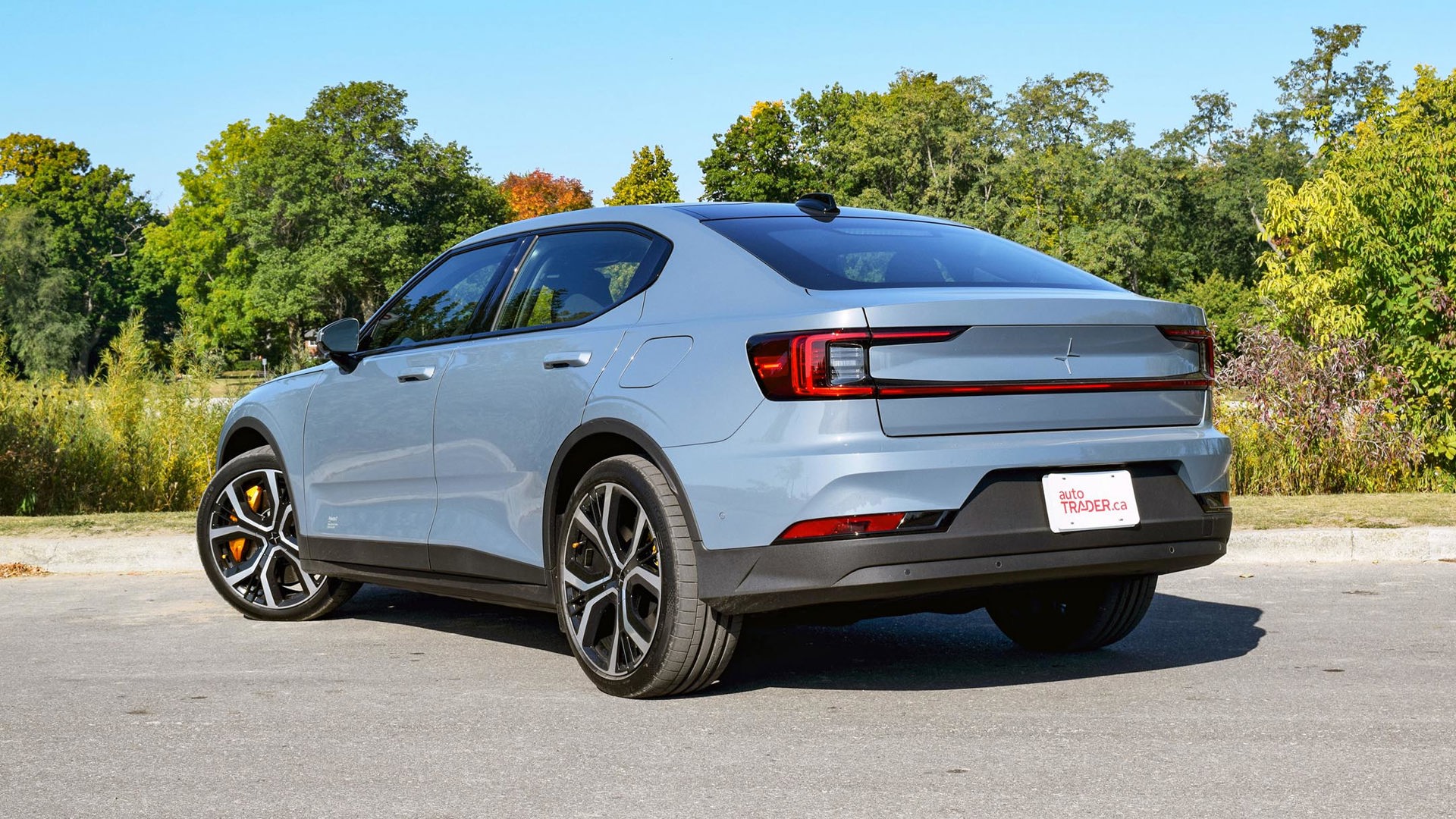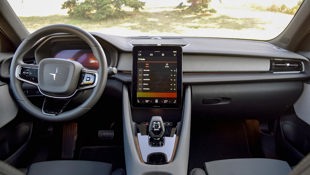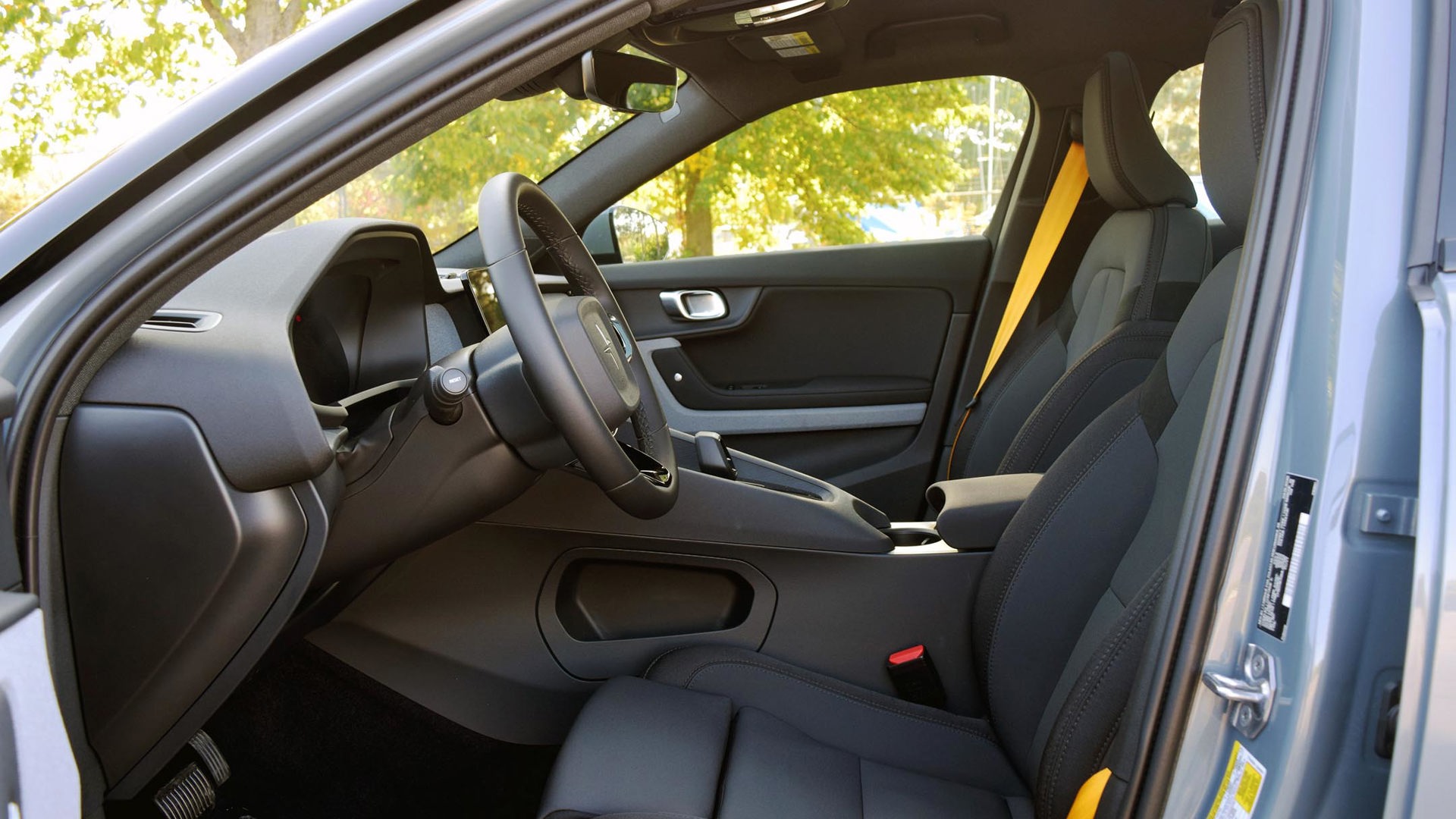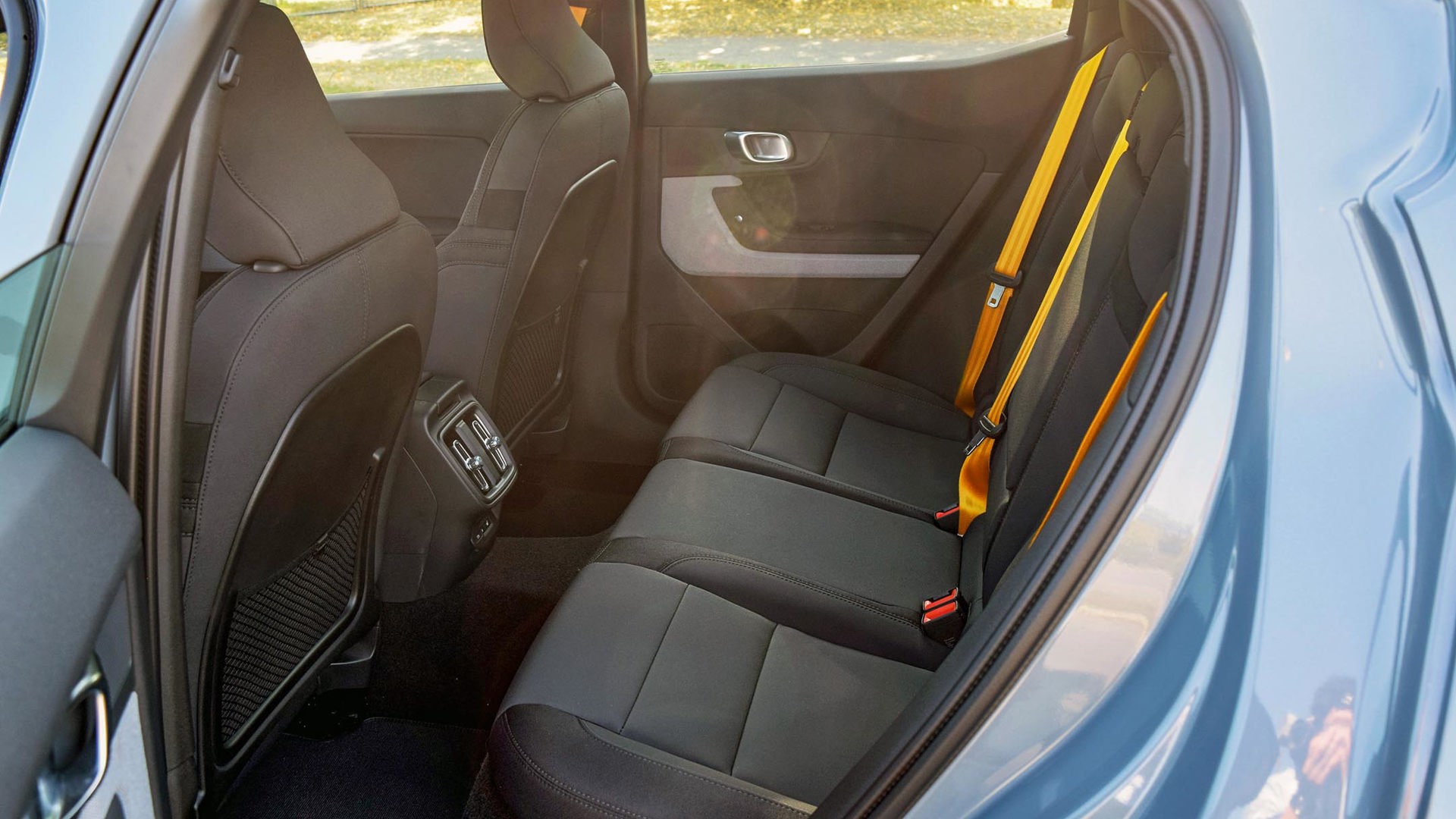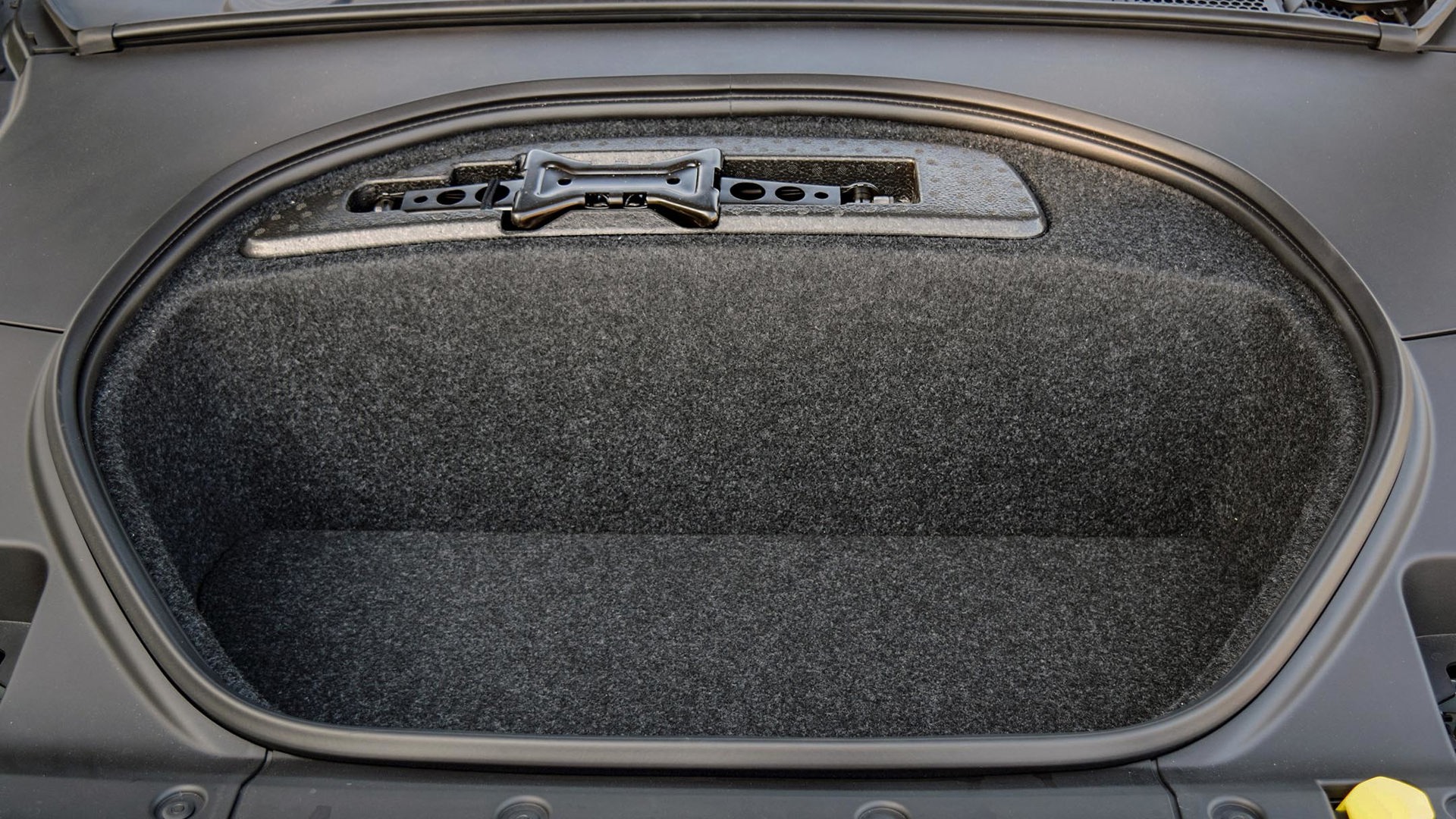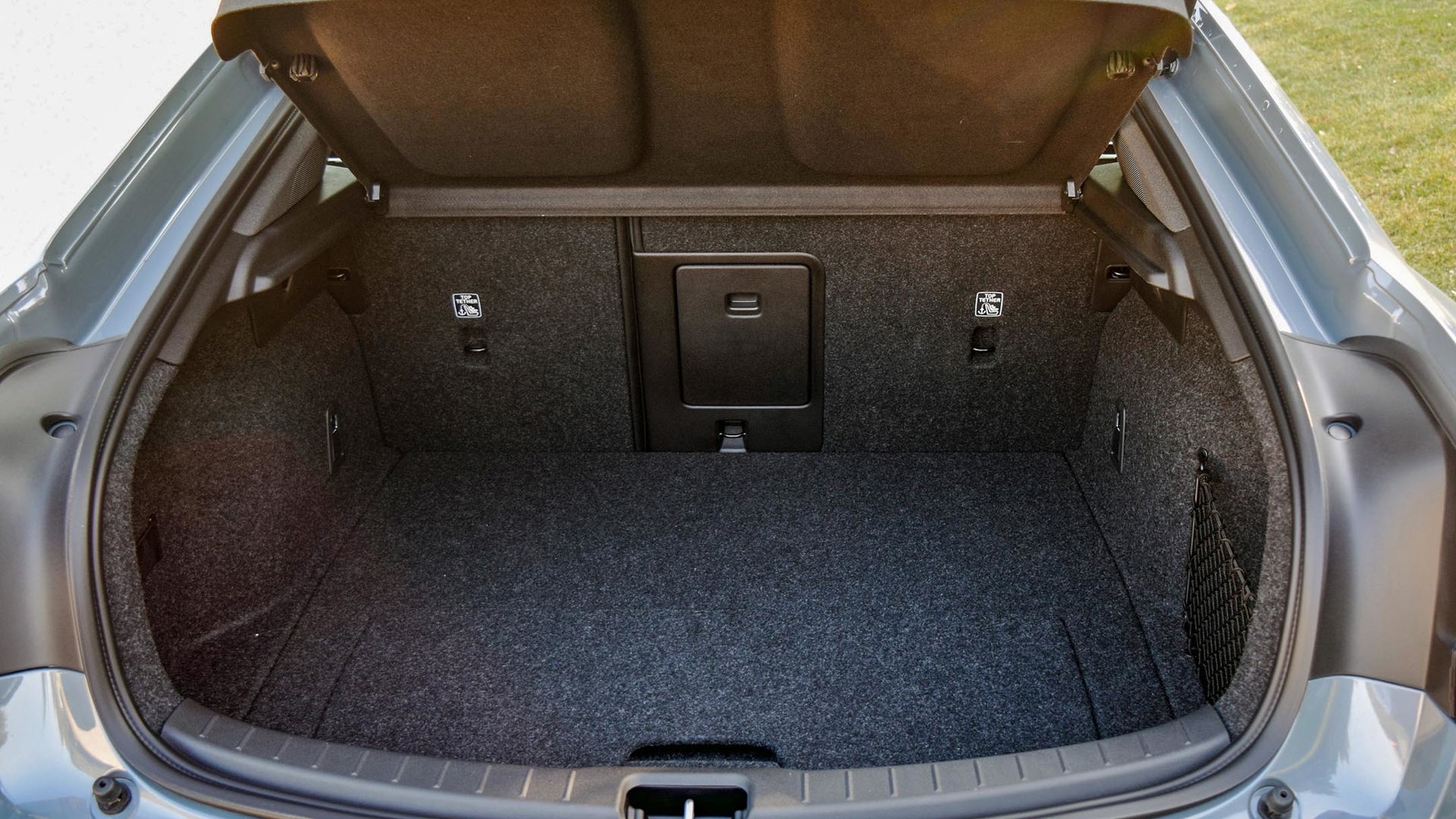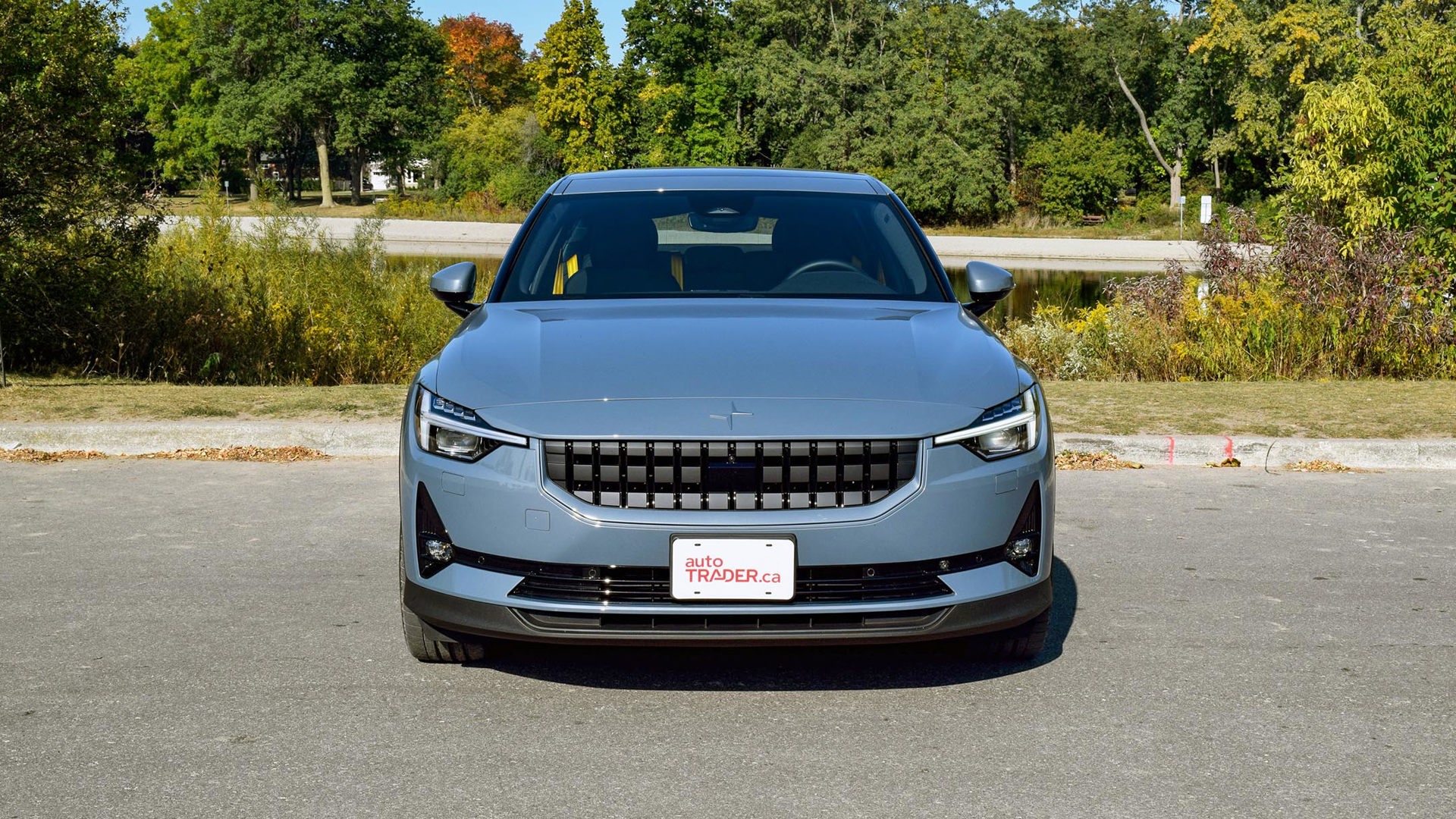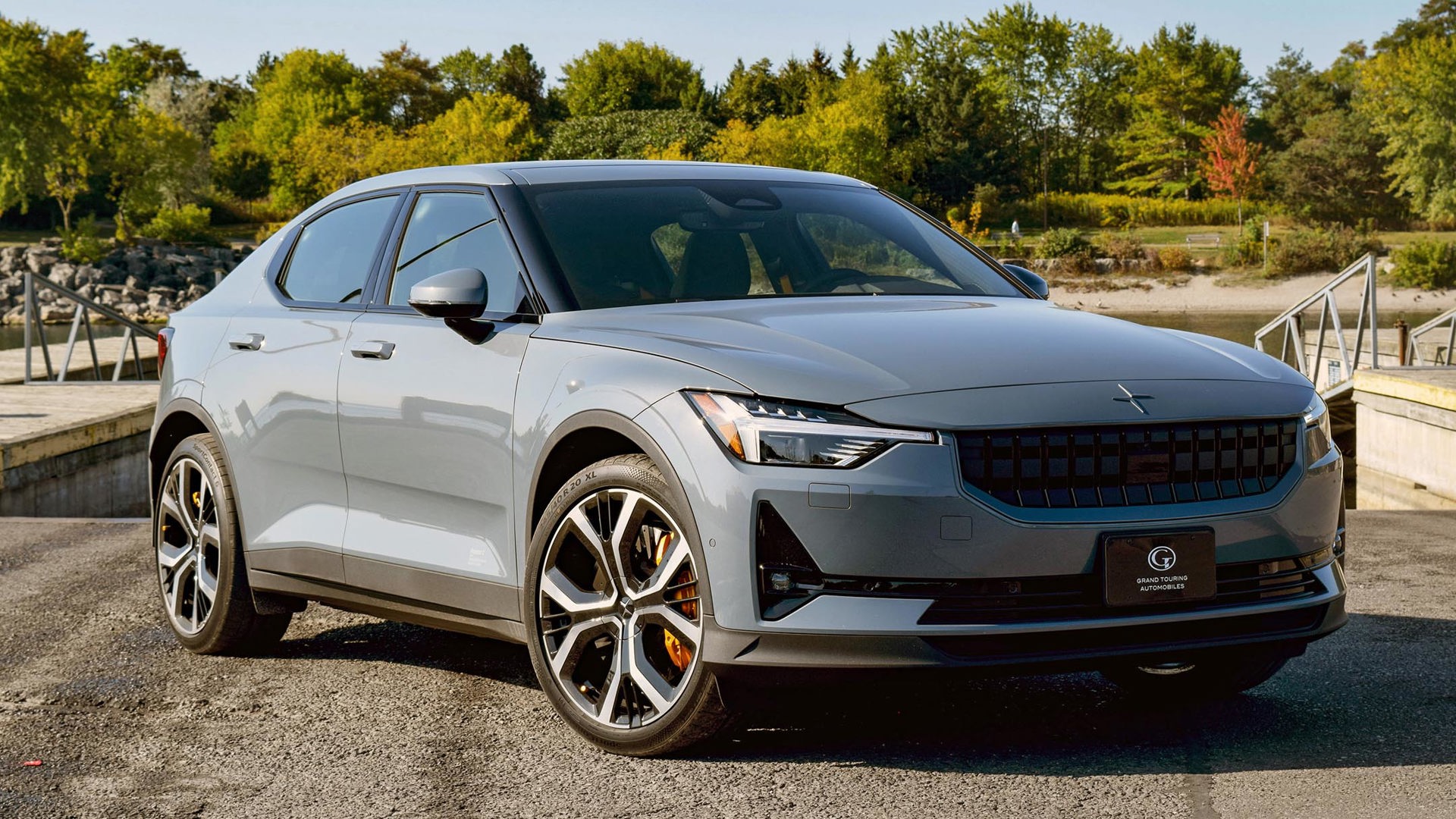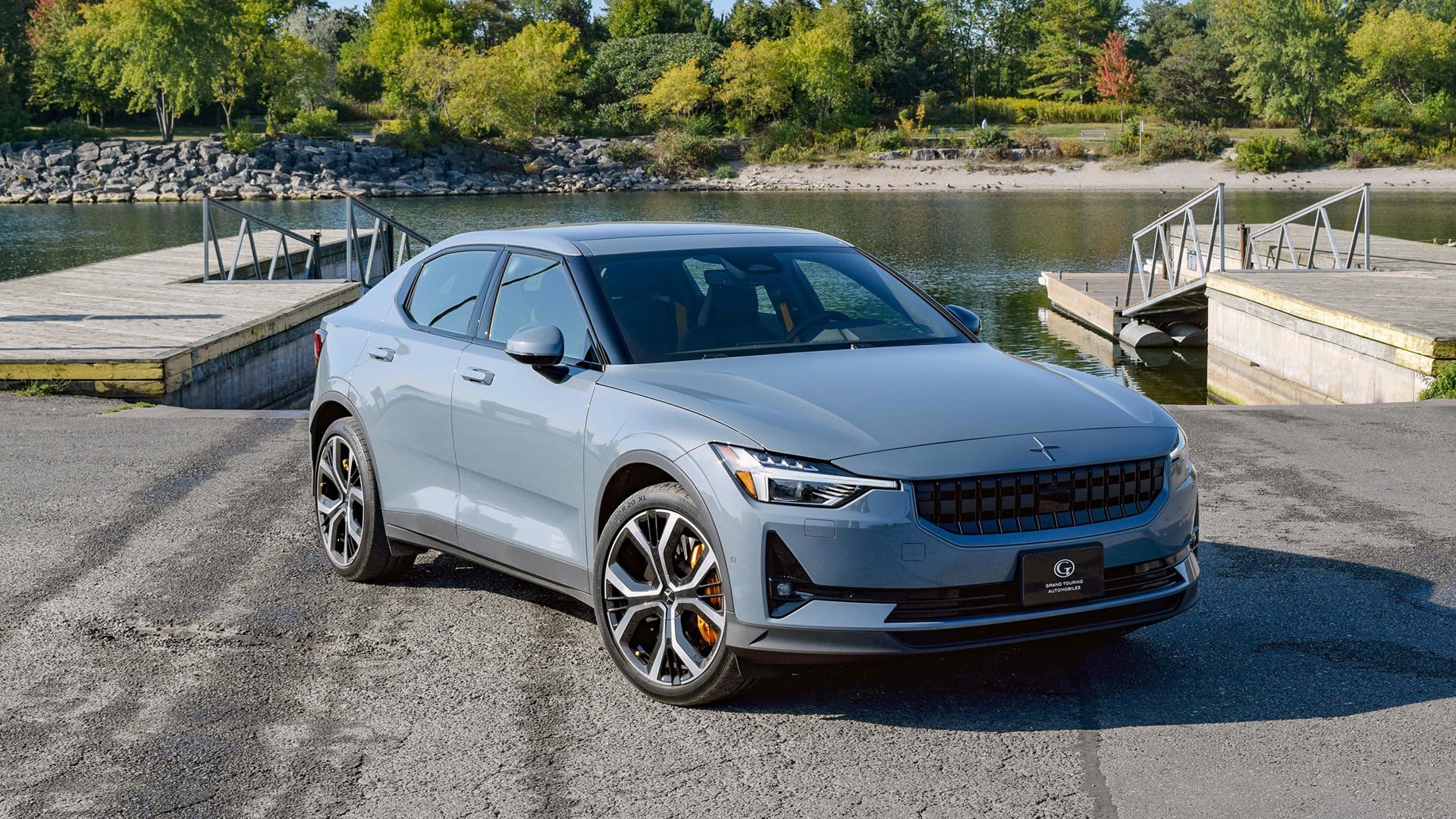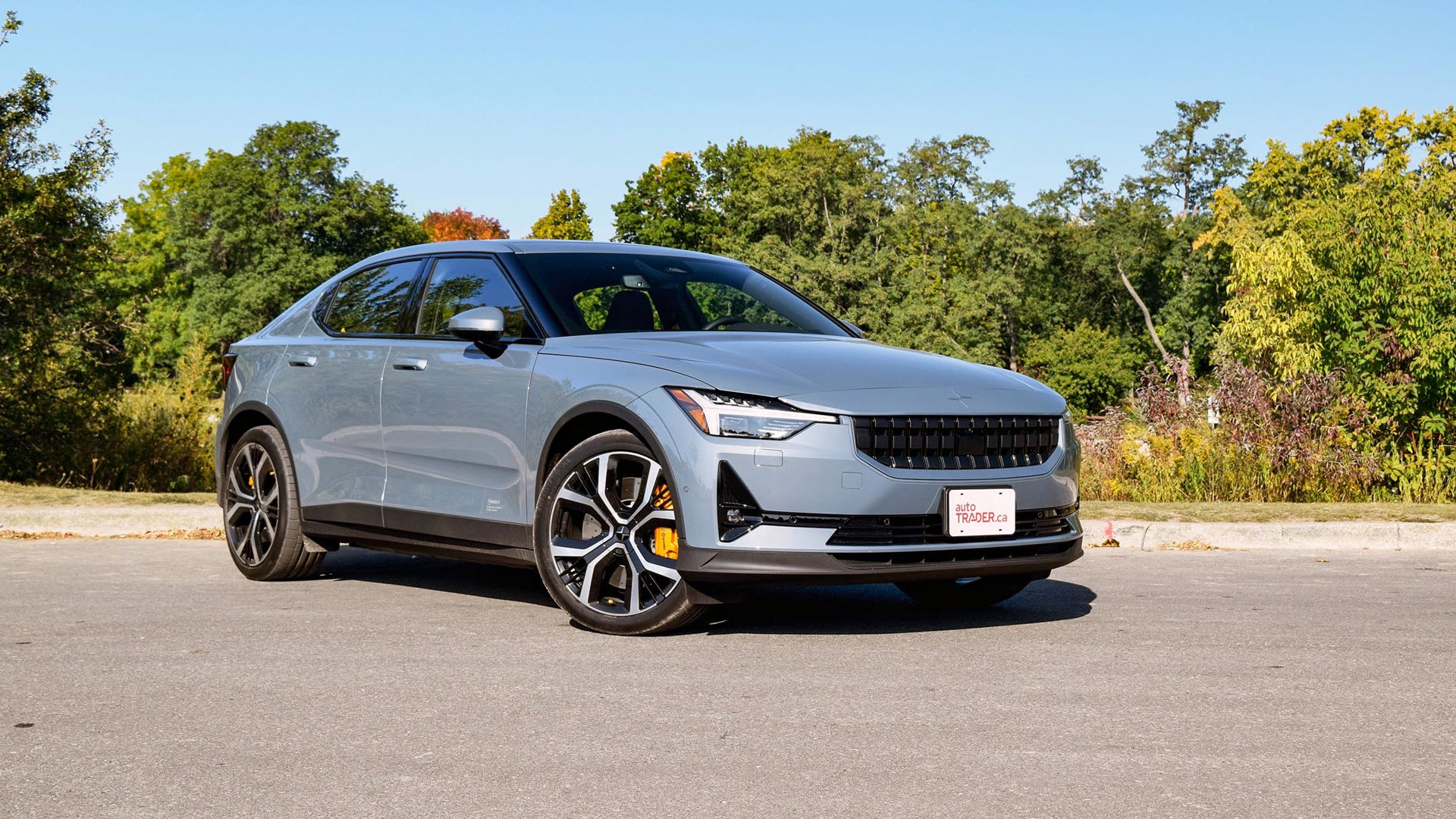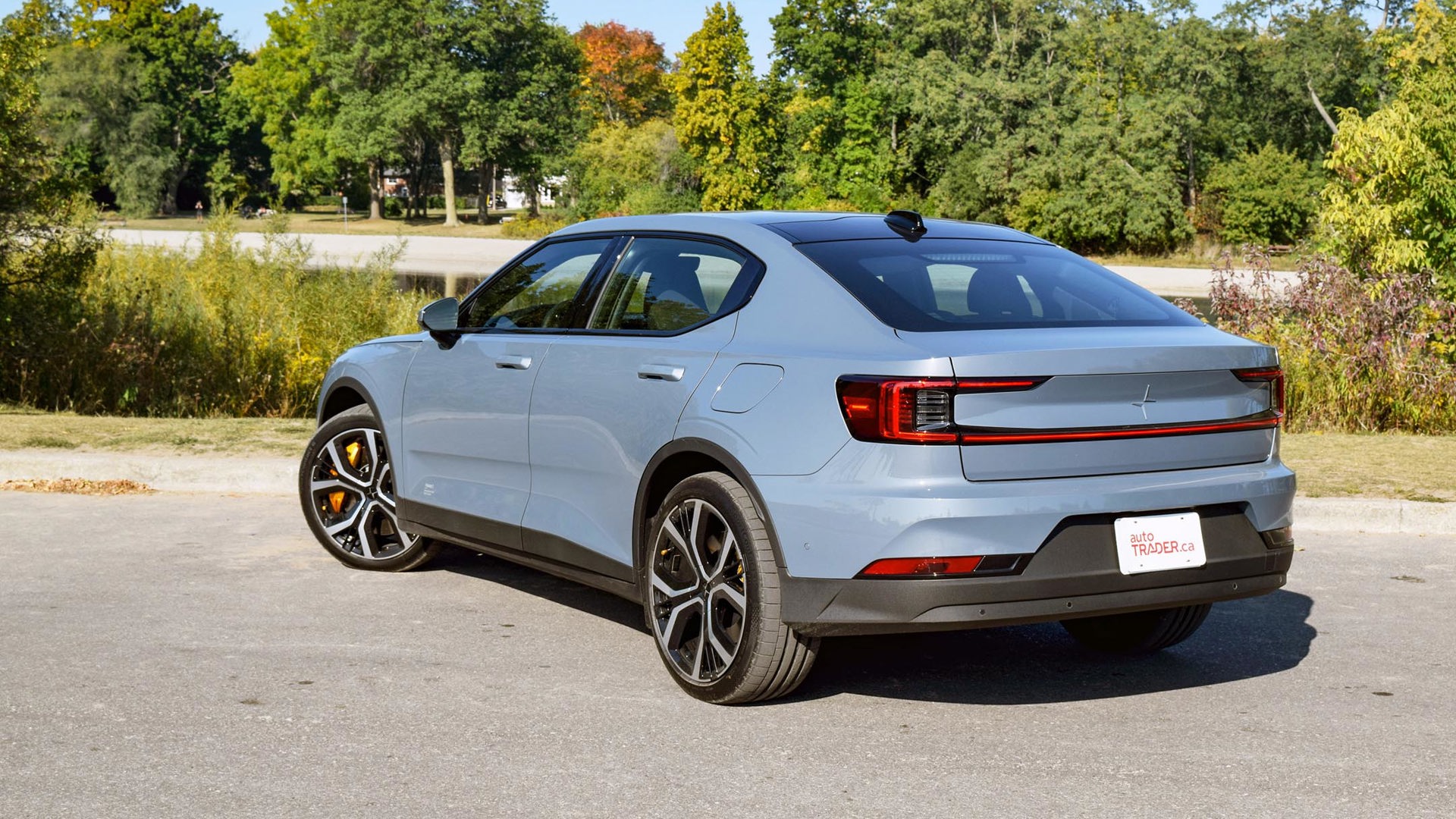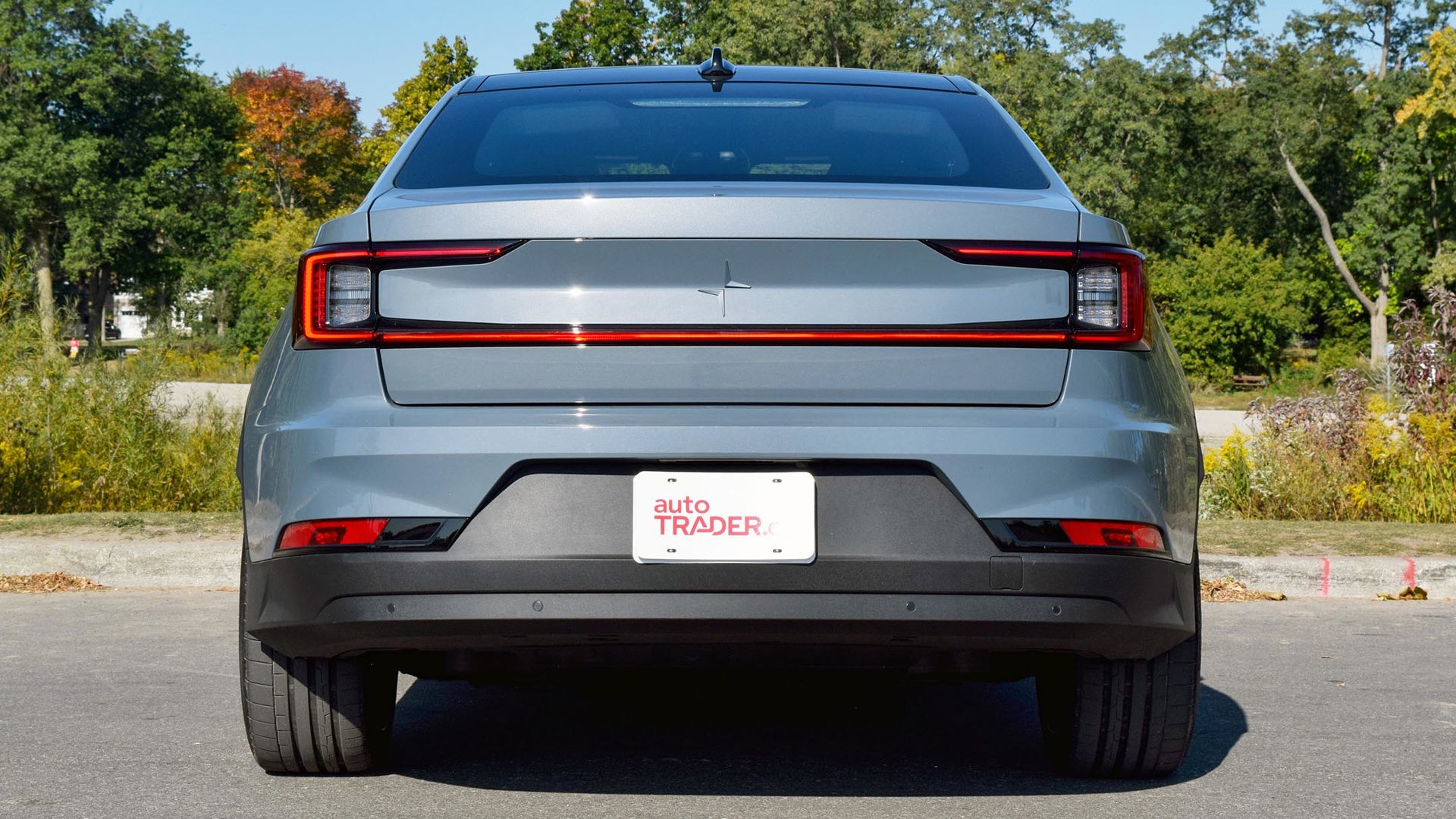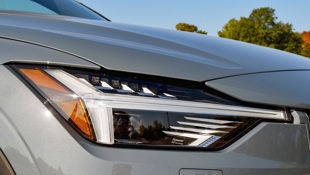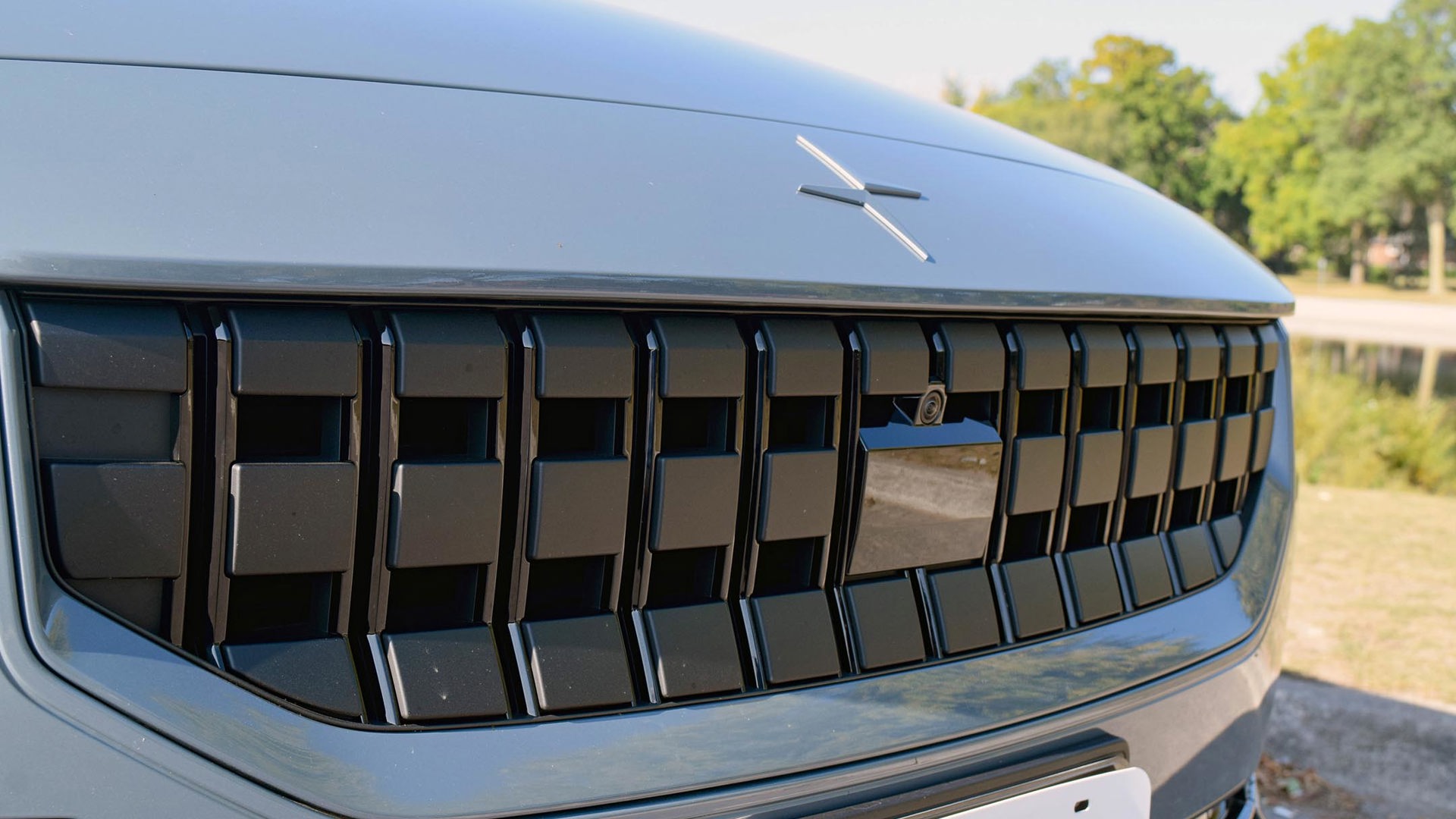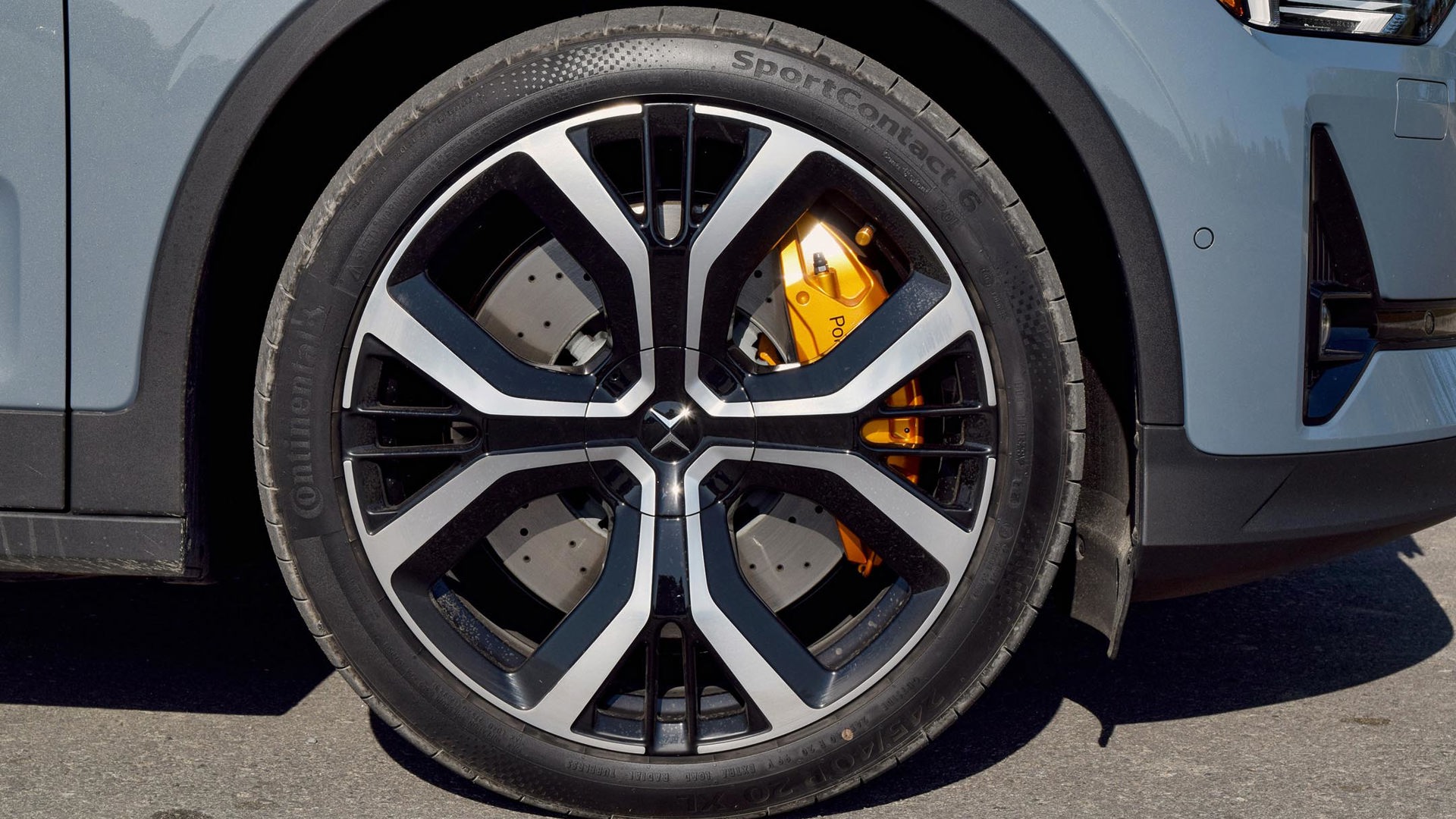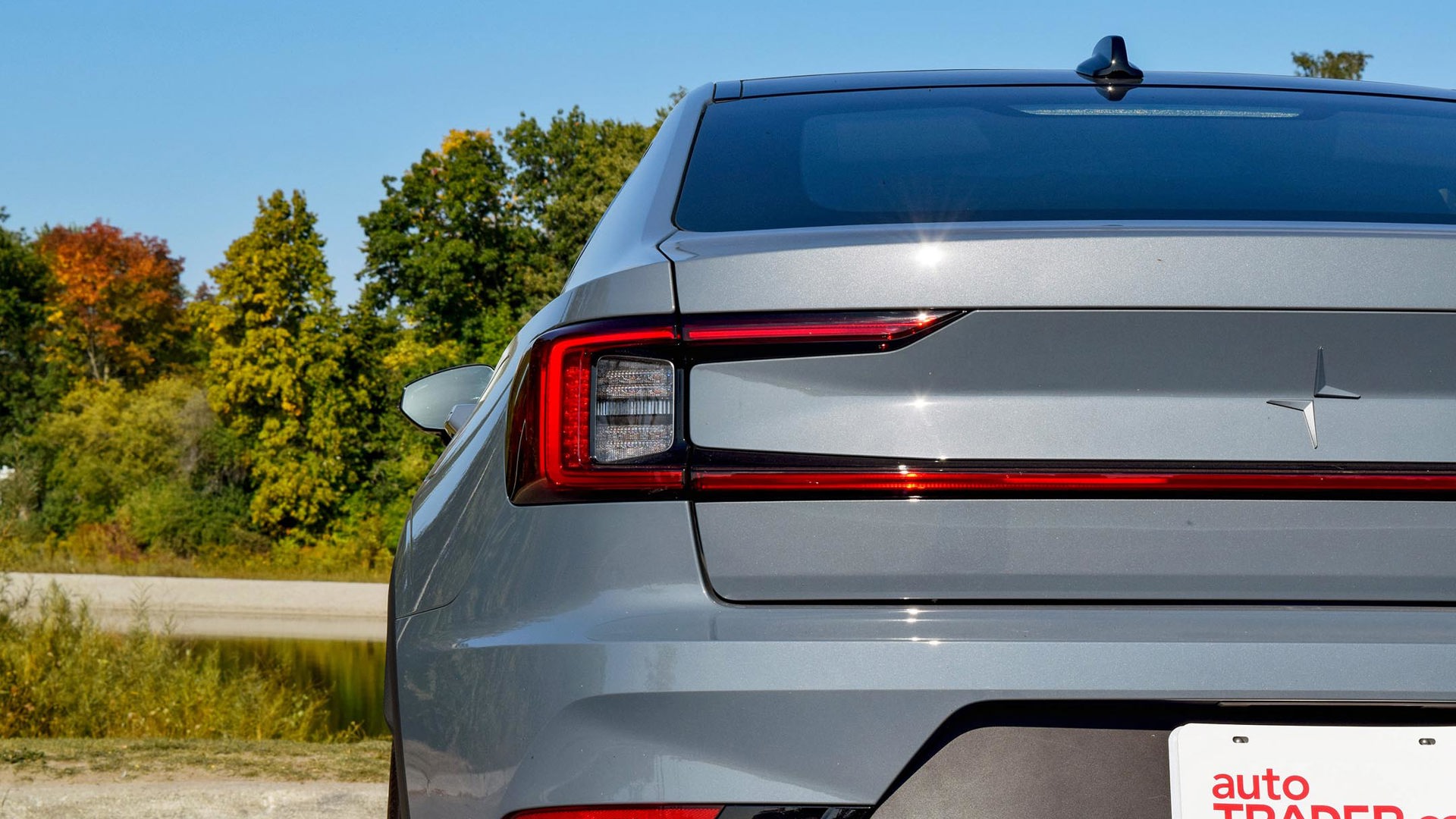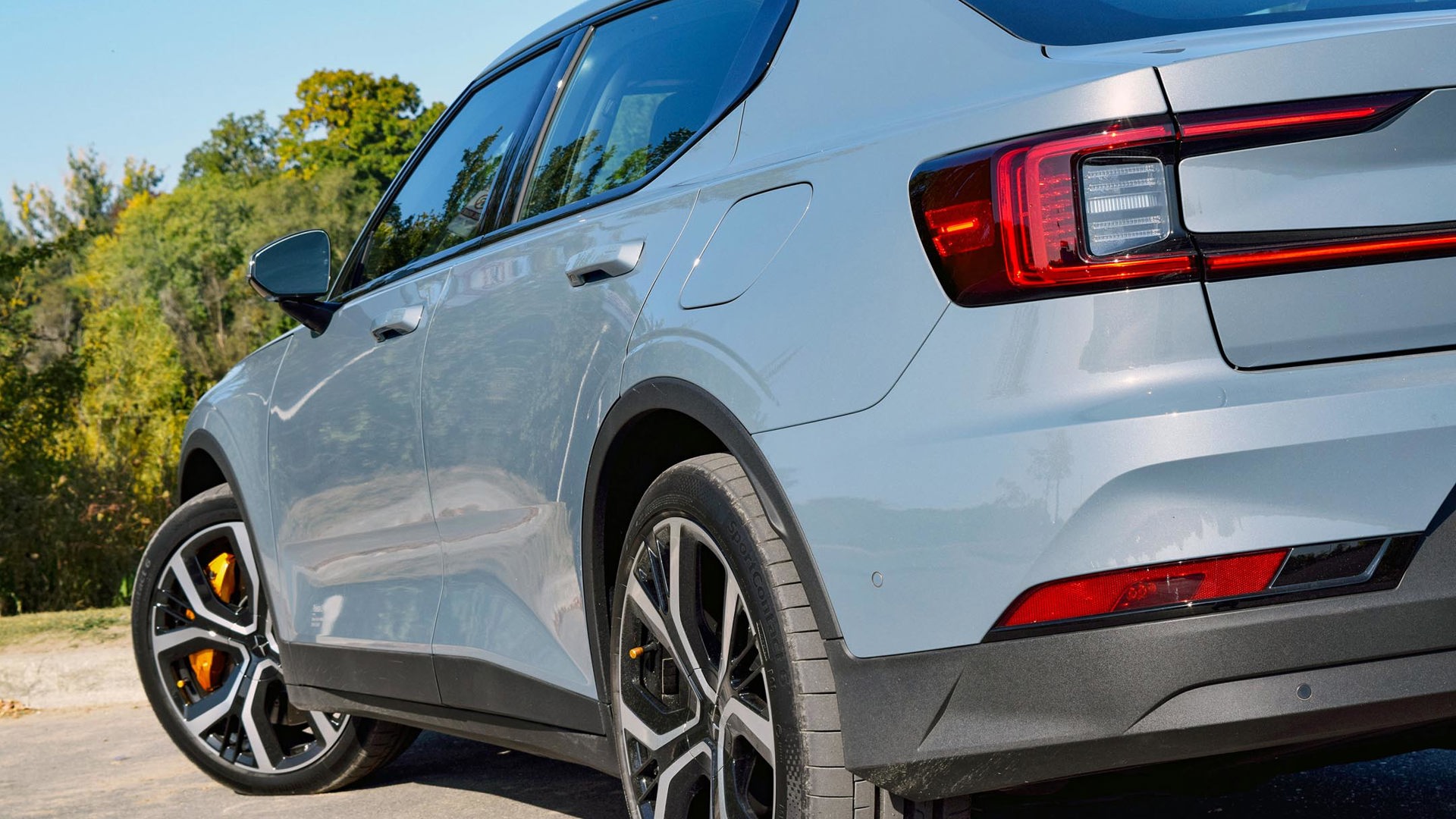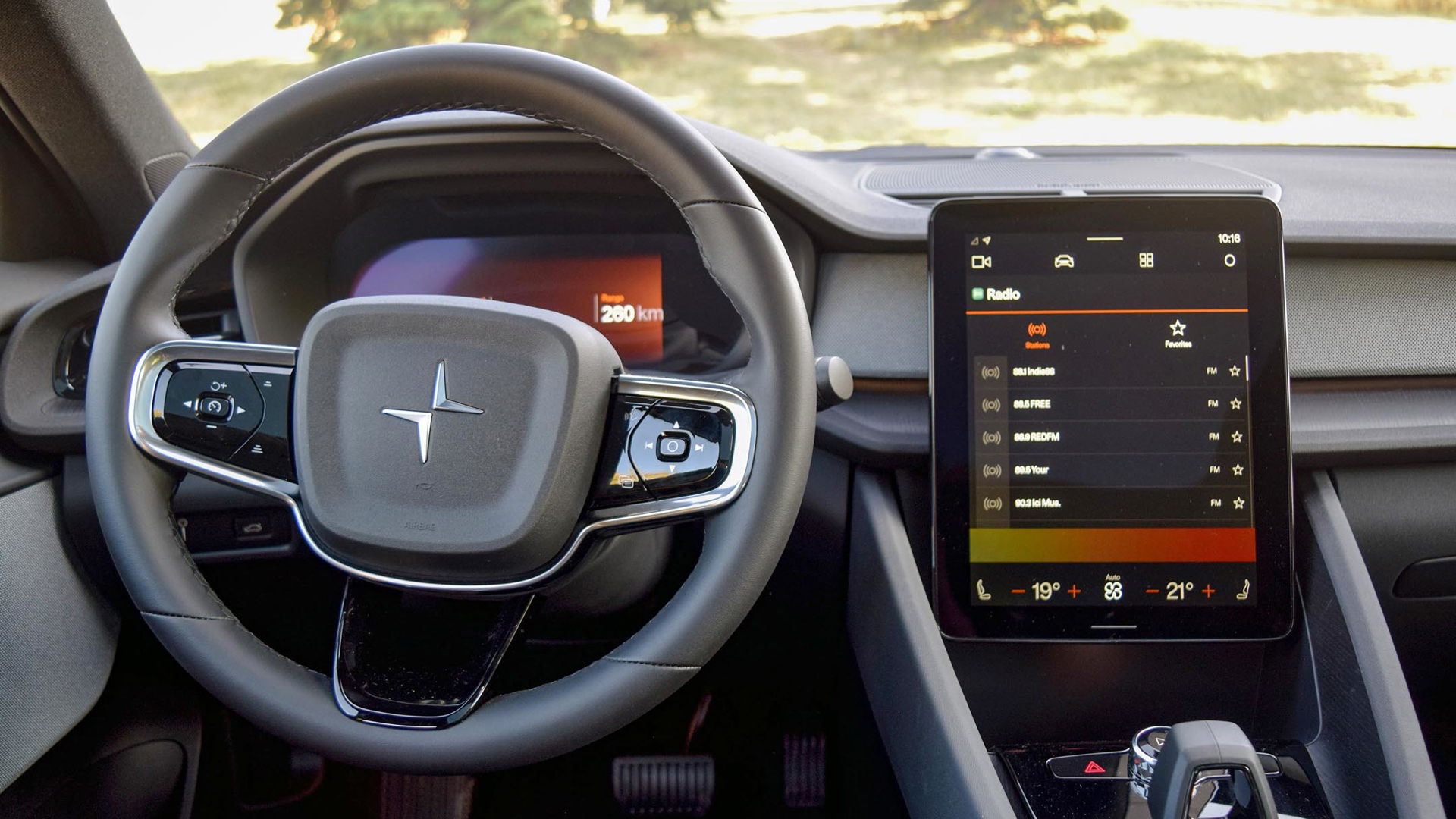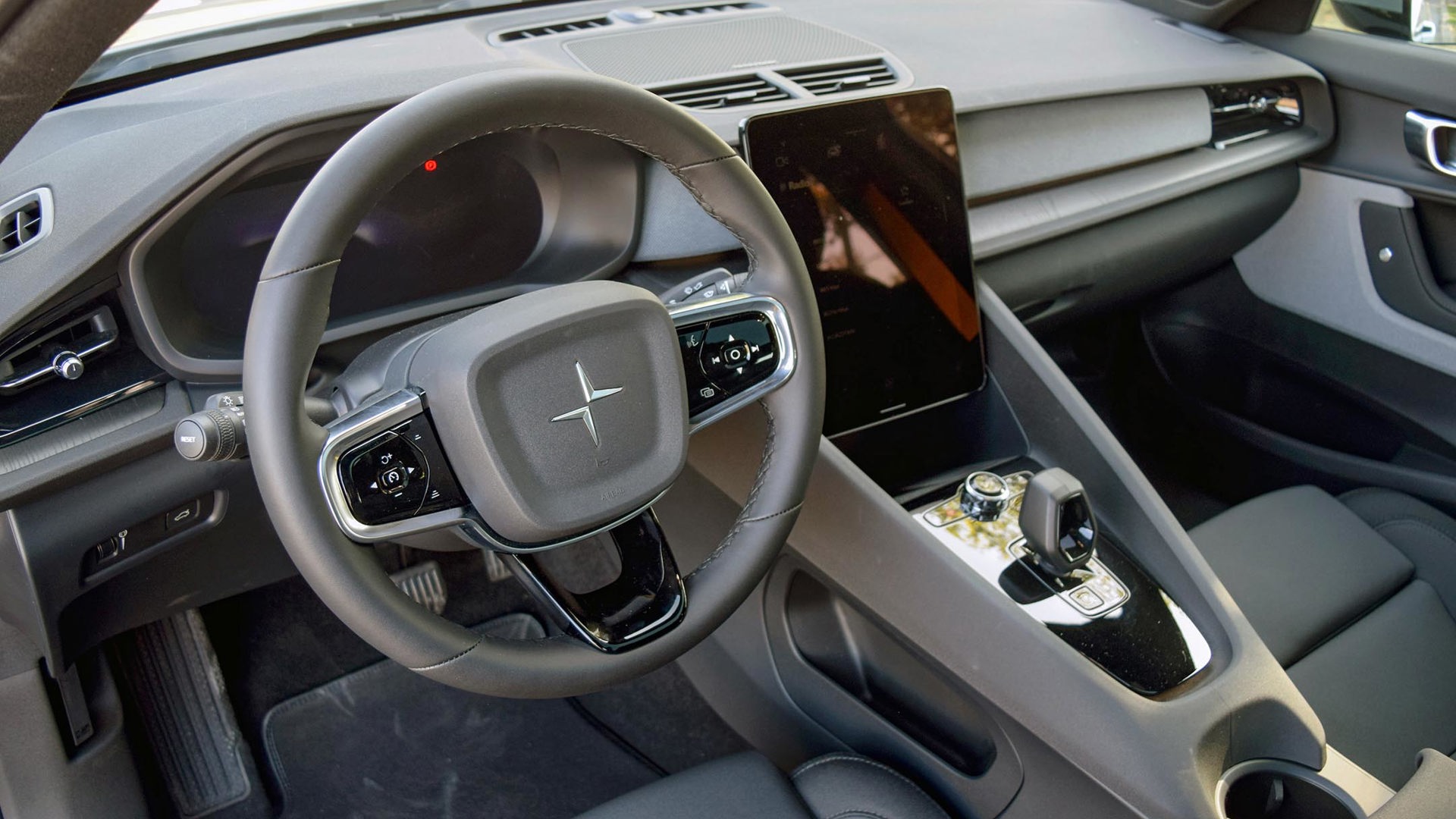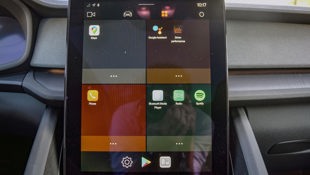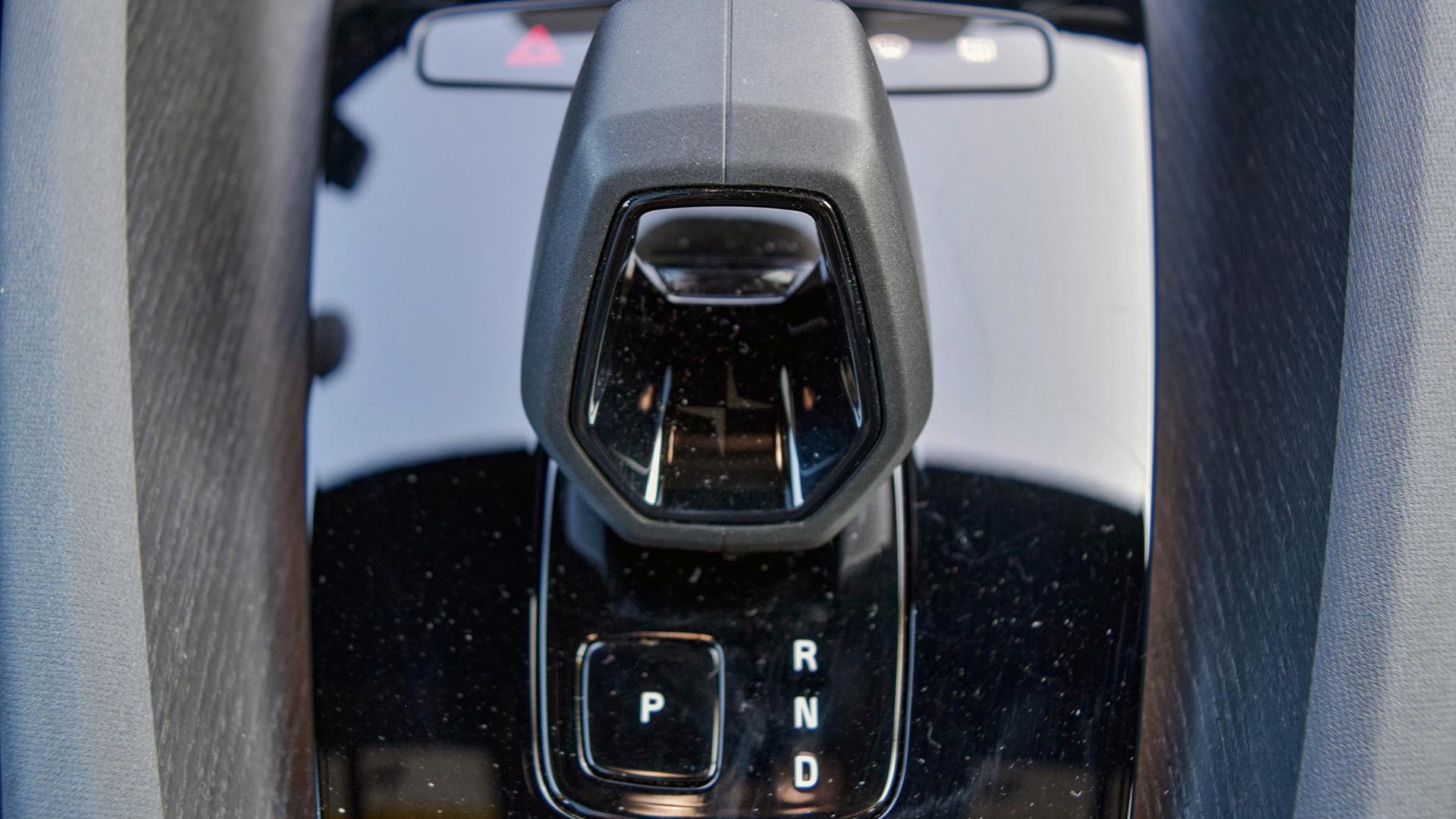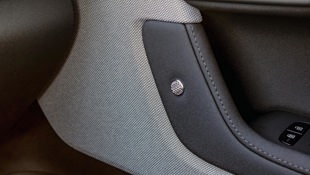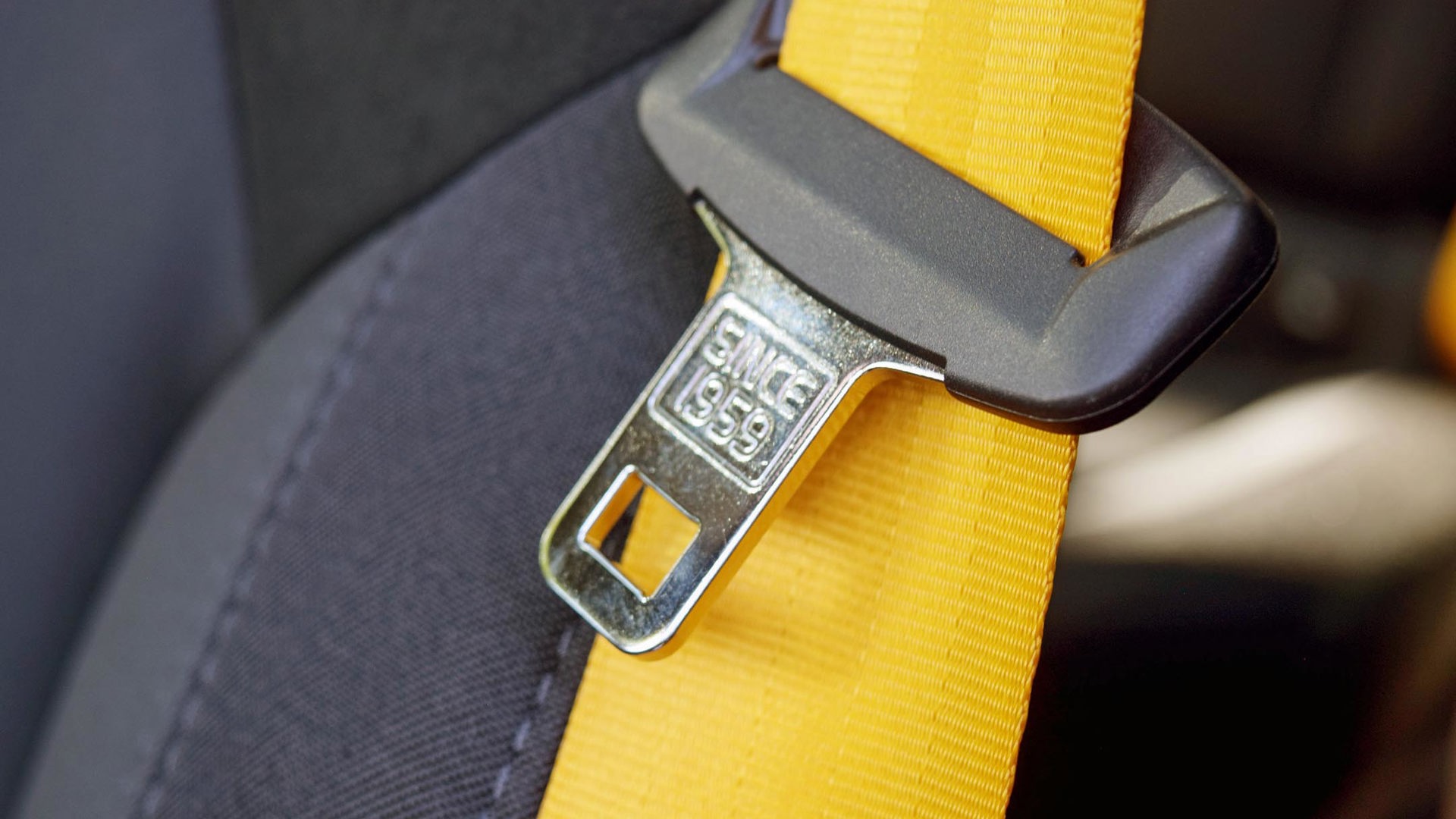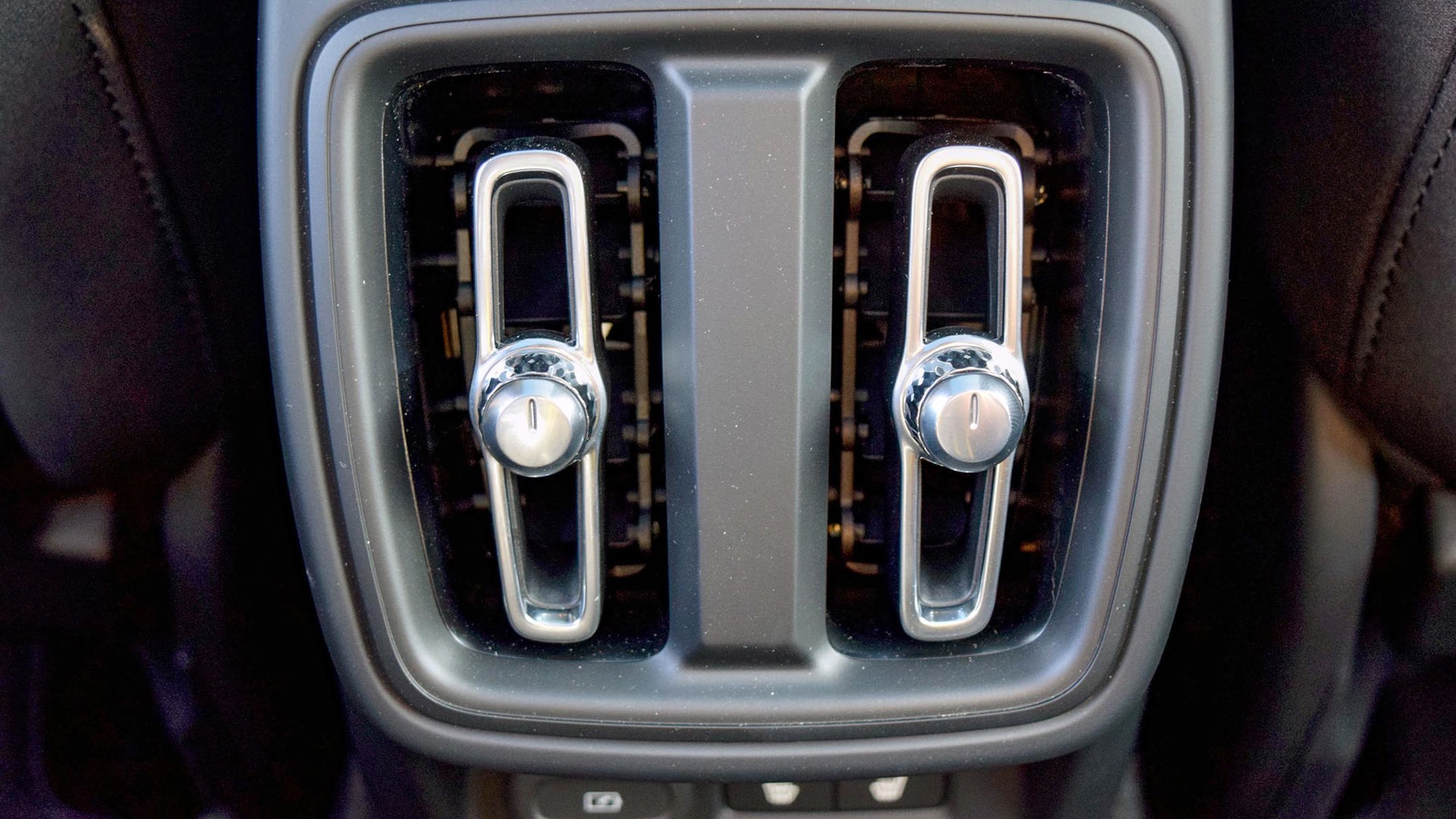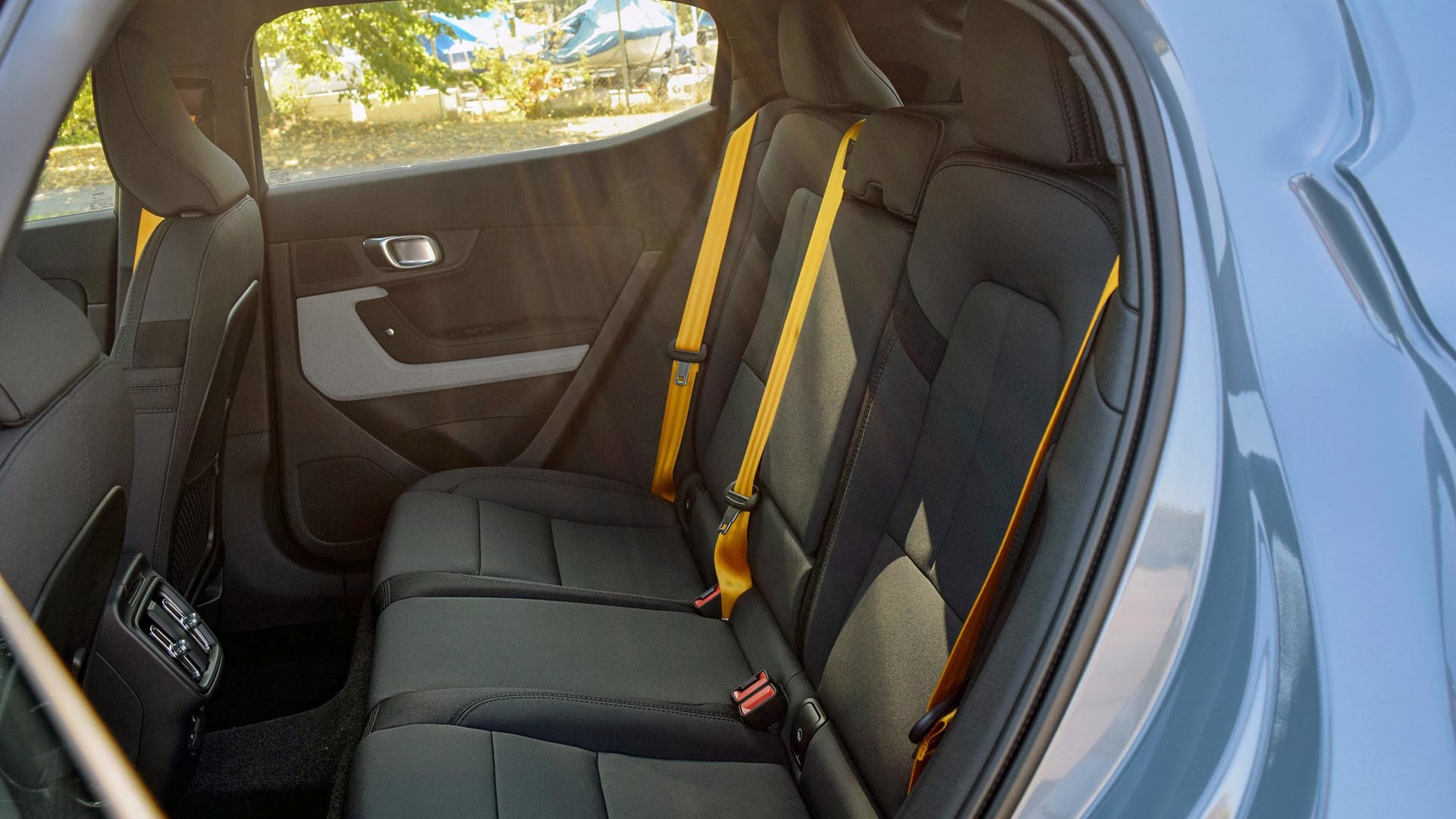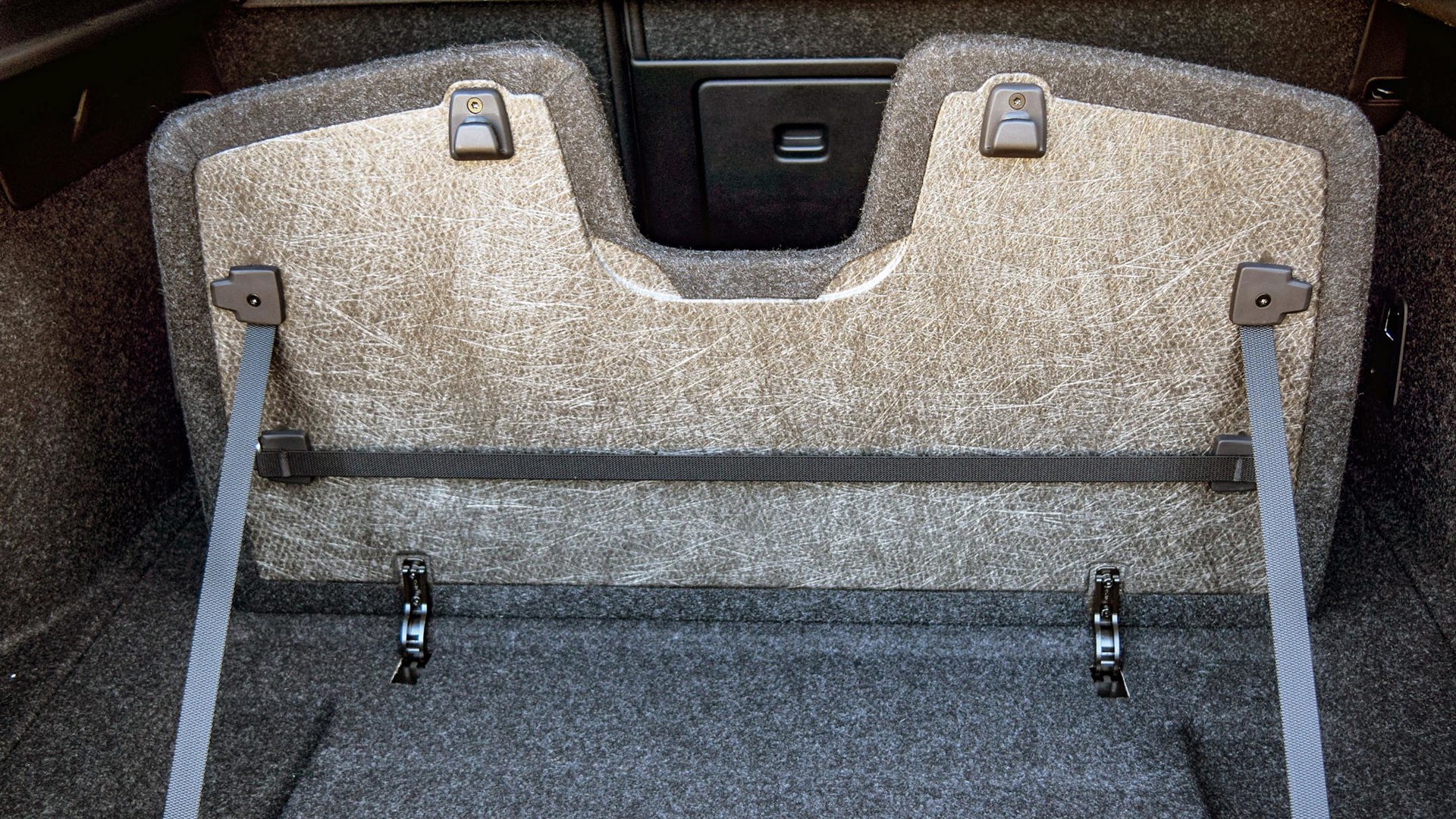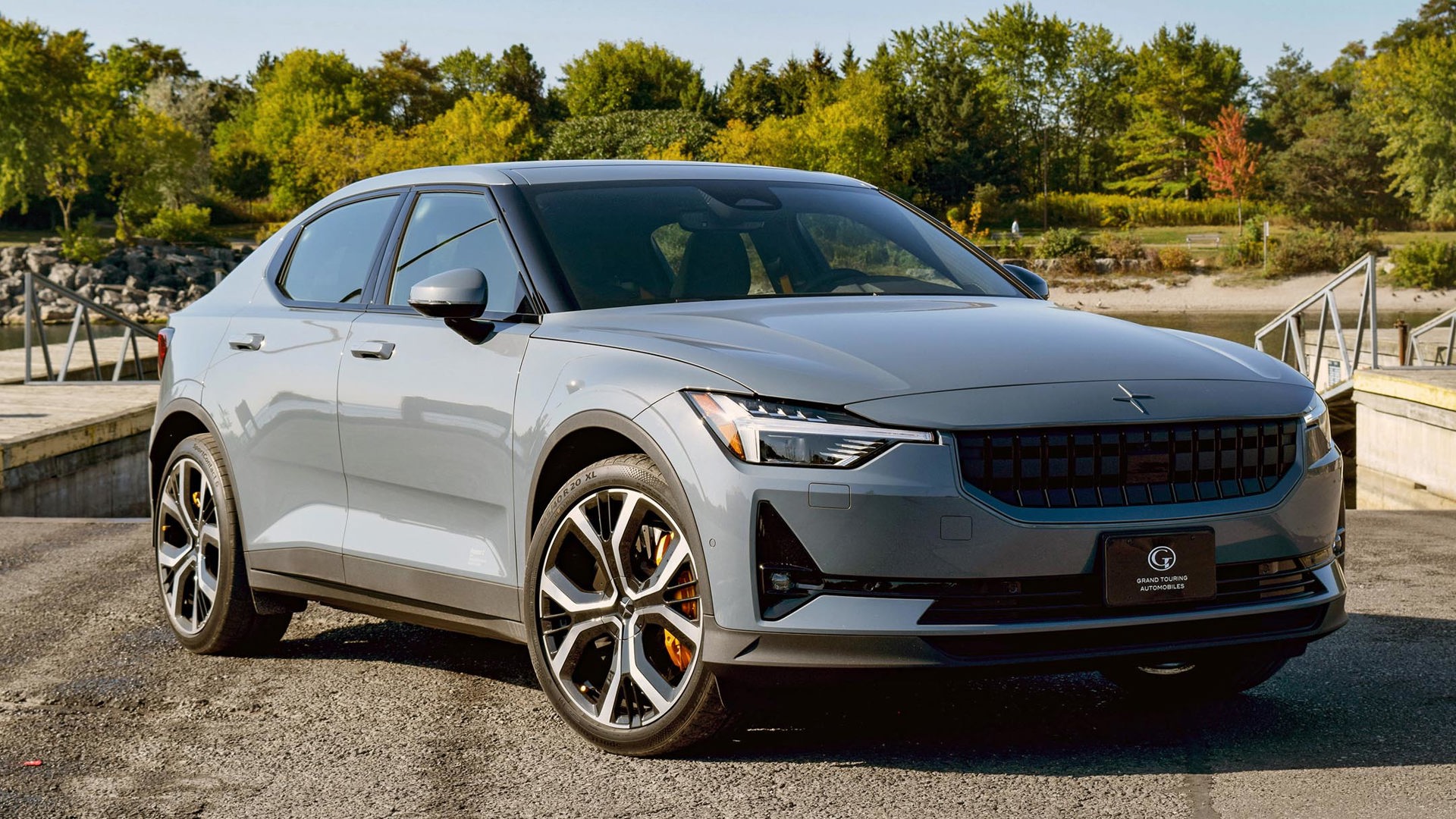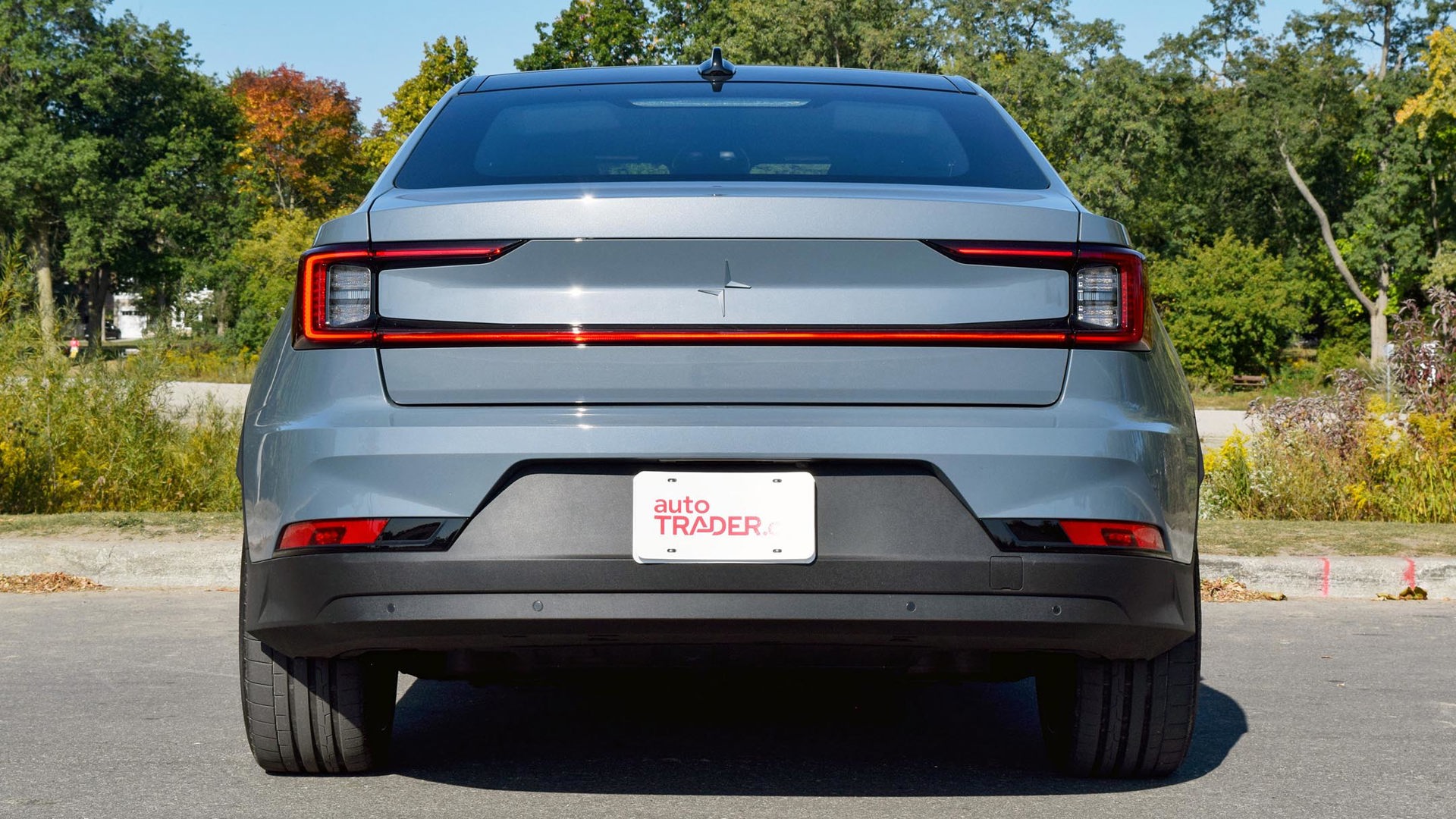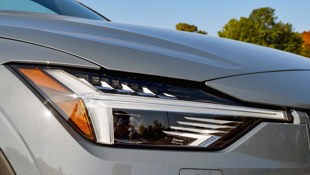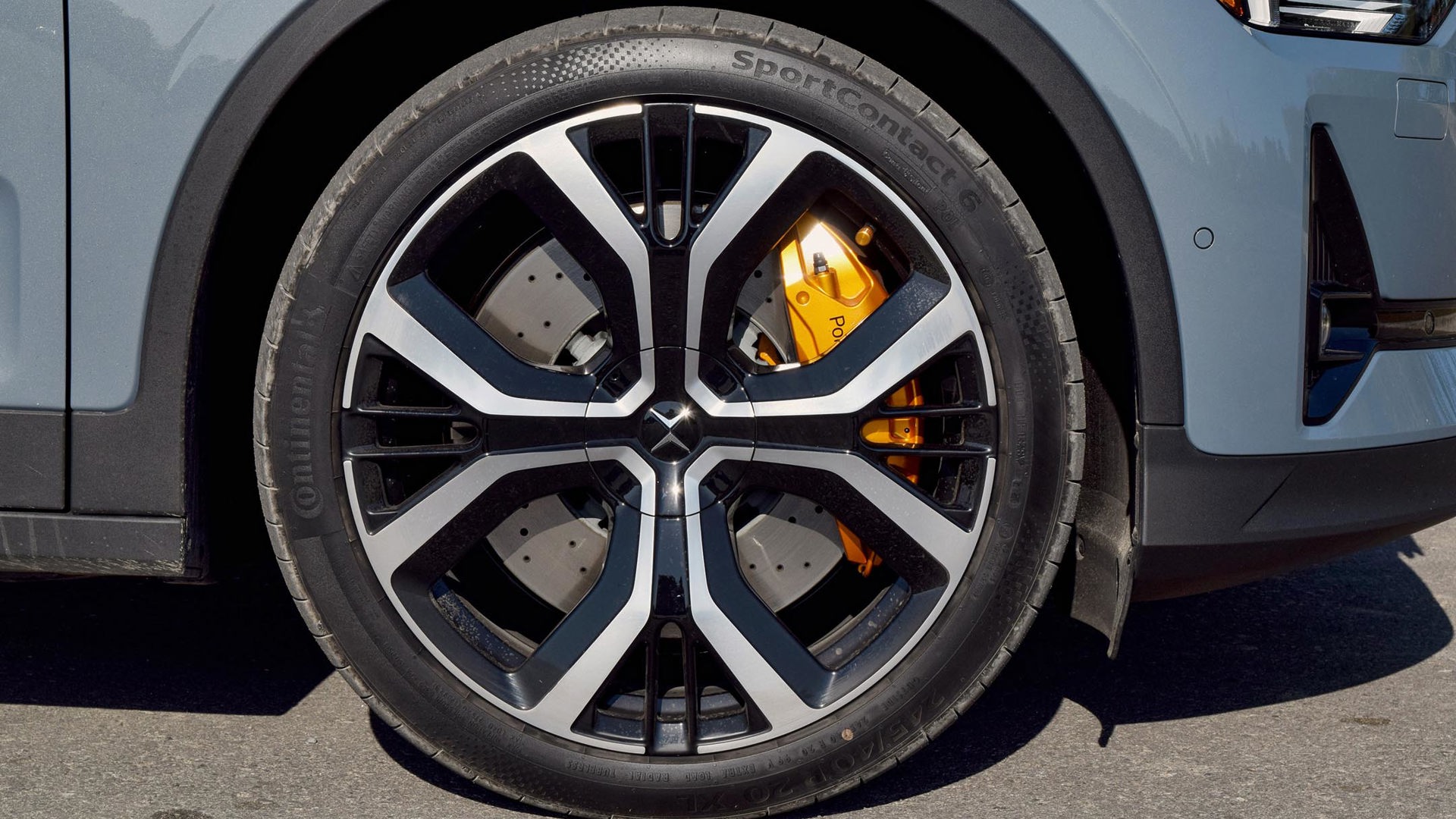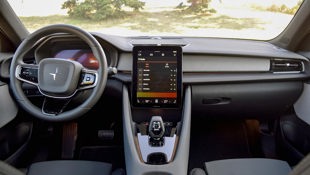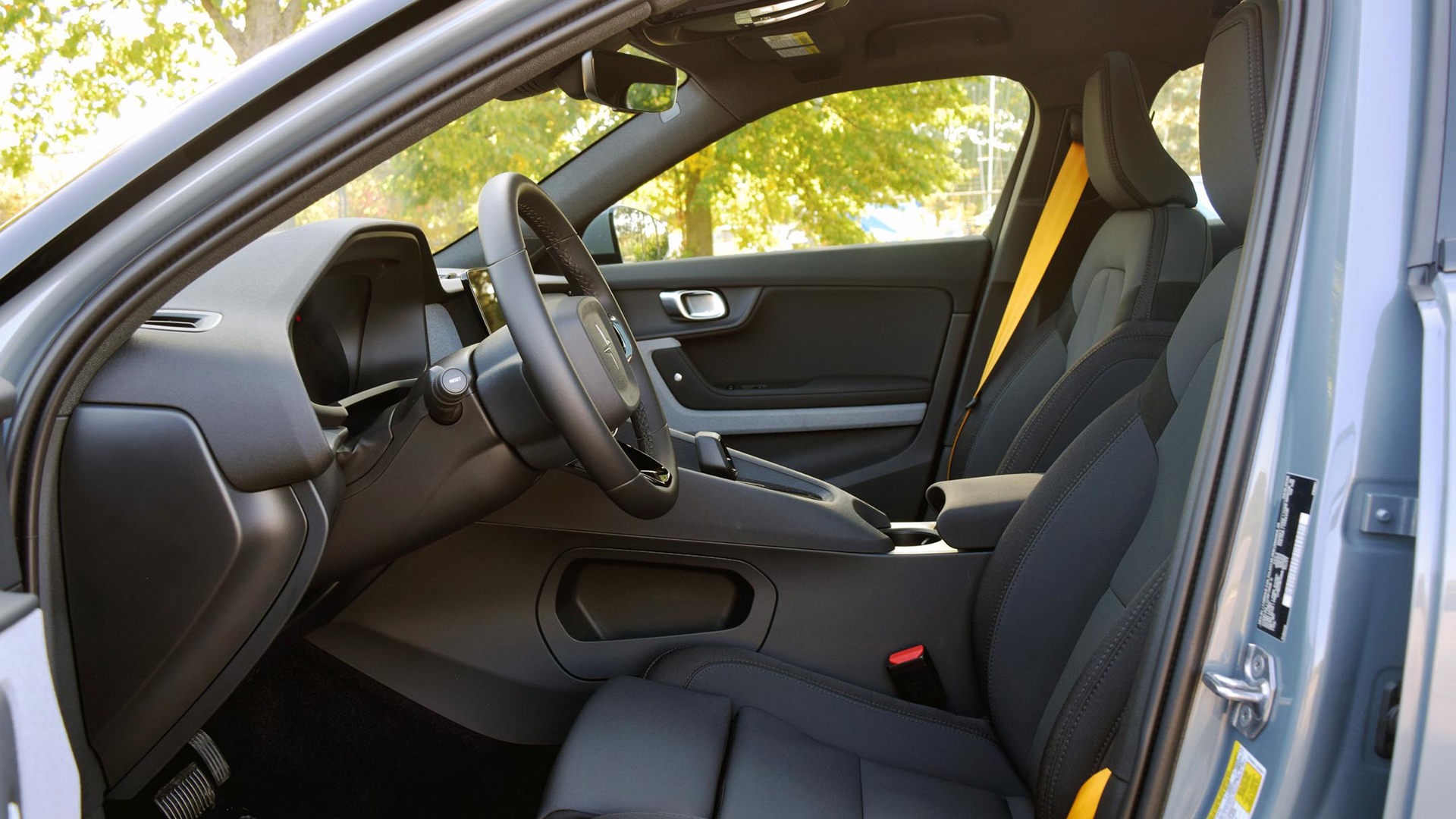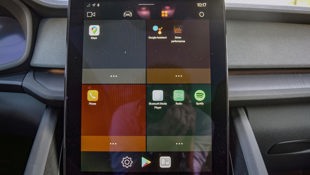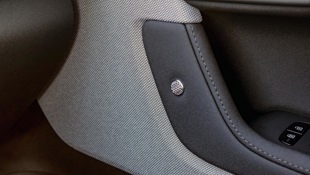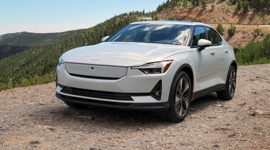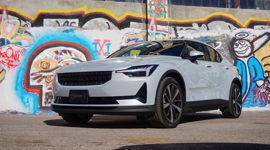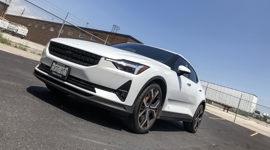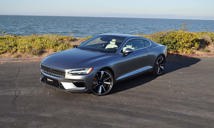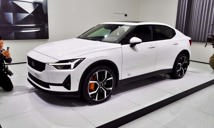Formerly Volvo’s performance sub-brand, Polestar is going through a total transformation, landing the responsibility of leading the way for the electric vehicles within the group’s portfolio.
Coming on the heels of the limited-run Polestar 1, the Polestar 2 is the brand’s mainstream effort. While the coupe that came before it featured a lot of carbon fibre to warrant its high price, it did its job of showing the auto industry that Polestar has the resources to play with the big names.
The Polestar 2 has an entirely different mission, and many will be setting it grille-to-grille with the likes of the Tesla Model 3. However, calling the Polestar 2 the brand’s mainstream effort is a bit dubious, since it doesn’t quite fit in with many crowds.
Sedan, a hatchback, or Volvo? No, it’s a Polestar
It’s unquestionably eye-catching, but what exactly is it? The profile seems sedan-like, though the roof-hinged tailgate reminds us of a hatchback. The low-profile rubber on 20-inch wheels is a combination commonly found on performance vehicles, but the body-cladding around the wheel wells suggests that the Polestar 2 could be considered a crossover. While the dual-arrow logo may puzzle people at first, the headlight design is very Volvo-like, helping to make a familial connection.
Lurking beneath the standout design are 324 battery cells, split across 27 modules, carrying a combined capacity of 78 kWh. The batteries fit everywhere and are cleverly stacked in a way to emphasize interior space. The generous Worldwide Harmonised Light Vehicles Test Procedure (WLTP) used in Europe suggests the Polestar 2 will net 470 km of driving range on a single charge.
Other vehicles have significant discrepancies between the WLTP results and methods used in North America. Take the 2020 Audi e-tron Sportback 55 quattro, for example; it’s rated for 446 km on a full charge, according to the WLTP, while Natural Resources Canada (NRCan) says it’ll manage just 351 km. Our advice? Temper your expectations when it comes to real-world range.
Charging the Polestar 2 is easy since it uses a combined charging system (CCS) plug and can draw a maximum of 150 kW. At that rate, getting to an 80 per cent state of charge from zero takes just 40 minutes, while an 11-kW charger (from a home wall box) will fully charge the battery in eight hours. Using a simple 120-volt outlet from home, meanwhile, charges the vehicle in 22 hours.
Performance hides pounds
Electric vehicles (EVs) have been around long enough that it’s clear they come in two distinct flavours: slow and efficient, or high-performance and not quite as miserly.
Let these figures clue you in to where the Polestar 2 lands on the spectrum: it packs a total of 408 hp, split evenly between two motors dedicated to the front and rear wheels. Peak torque is a whopping 487 lb-ft, and the Polestar 2 will blast off to highway speeds in just about 4.5 seconds. The quarter-mile sprint – [a 400-metre dash, for those of us who eat, sleep, and breathe metric measurements. – Ed.] – happens in a mere 12.8 seconds, a measure that will worry some combustion engine performance cars.
It seems like every review of a performance-oriented EV discusses the sensation of being “shot out like a cannonball” when matting the throttle, so I won’t repeat that cliché here – although I think I just did – but this Polestar definitely feels the right kind of quick in a straight line.
I’m at a loss to explain how the Polestar 2 manages to be so quick while weighing more than two tonnes. The official curb weight is a truck-like 2,123 kg (4,680 lb), which is the compromise that comes with jamming so many batteries into a vehicle. But those amped-up electric motors seem to make the weight disappear, and Polestar has a few tricks to help with the handling, too, namely in the form of an optional performance pack.
This package includes those big 20-inch Y-spoke rims that are wrapped with sticky low-profile tires, along with those shiny golden Brembo brake calipers, cross-drilled brake rotors, and Öhlins dual flow valve (DFV) dampers. The brakes are very impressive, bringing a car travelling at highway speeds to a stop in just 35 metres.
The suspension is a whole other showcase, though, feeling either infuriating or impressive. It’s remarkable how predictive and smooth the ride feels, and although it is firm, it isn’t too crashy and won’t disrupt the action. While the suspension is adjustable – with 22 settings for the front and rear dampers – this is a manual affair. Our vehicle was set at a 14 out of 22, but customers can get their ride set up to their liking at the service department – or the hands-on types can manage it at home (the rear adjustment may be tricky).
As it’s currently construction season around Toronto, I’d opt for a slightly softer setup, but that’s just me. When pressed on the subject, Polestar revealed the reasoning behind manually adjustable suspension: this saves weight and uses up less energy, two crucial characteristics for an electric car. Then again, considering how much it already weighs, how much are they really saving?
Throughout my roughly 250 km with the Polestar 2, I generally enjoyed the experience. The blast-off from each stop was entertaining, and the ride was engaging enough to keep me going on towards the next fun road. The power steering is a bit vague but is customizable for a lighter or heavier effort. The regenerative braking can be adjusted as well, ranging from none to low and standard, which essentially allows for a one-pedal driving experience. I found myself using no regeneration on the highway and the standard setting on winding country roads. I was surprised by how much more I wanted to keep pushing the car, something that should bode well for casual car fans and enthusiasts alike.
Those more concerned about luxury and safety will also be satisfied, as the Polestar 2 features a robust advanced safety suite that pairs adaptive cruise control and lane-keeping to reduce the strain and monotony of driving in traffic. Hold on, though, because there’s more safety-oriented tech to be found. The Polestar 2 includes blind-spot monitoring, forward collision warning, cross-traffic alert with automatic braking, rear automatic braking, a driver alert system, and a system that can read speed limit signs, rather than rely on map data, which can get outdated or not include temporary changes. A head-up display would be nice, but the 12.3-inch digital dashboard is just as useful, with three pages of information, as well as an option to display the map on the entire screen.
The cabin is serene, with just a little bit of wind noise coming from around the side-view mirrors. The lack of rattles, squeaks, or anything else helped highlight how well built the interior is. I counted just one unfortunate choice of material, with the vertical panels surrounding the shift lever feeling a bit hard and cheap. The durable upholstery is fully vegan, and the rest of the cabin uses recycled materials. I was pleased with the seat design, which felt supportive, preventing me from slouching. The rear seats are functional, though only just. There are seats for three back there, though the middle passenger will become pretty familiar with the other two riding with them.
There are heated seats in the front and rear, but I would wish for ventilated front seats on a hot summer day. I love the large panoramic glass roof that helps the interior feel more spacious, although it’s unfortunate that you can’t tilt or slide it. The rear windows also don’t retract completely into the doors, which may frustrate those in the back seats. Cargo space is generous, with 405 L in the trunk, that expands to 1,095 L when the rear seats fold down. The front cargo hold has just 35 L, just enough for a charging cable but not much more.
The interior design is loaded with delights like the soft-cloth pocket door pulls, or the fabric-covered speakers. Next to the wireless phone charger are a pair of smartly integrated rubber covers for the USB-C ports used for either charging or Android Auto if you so wish. Polestar is promising Apple CarPlay support soon for iPhone users.
But appealing to iPhone users may be a difficult hurdle for Polestar to clear, as the entire infotainment system runs on a version of Android with tight integration of the Google Assistant. The large 11-inch screen handles many infotainment functions, though you’ll find a volume control knob for easier usability. Users of Android smartphones or tablets will be more familiar here, as you can log into the infotainment system with your Google account and use the Google Assistant just like you would on your personal device or home assistant. The system is very responsive but takes some getting used to in terms of navigating controls like climate settings. There’s a grid of apps that are separated by their function, so vehicle-related functions are grouped together, as are phone and communication-related apps, navigation, and media. There’s even an app store to add more options to the experience.
Saying “Hey, Google” will prompt the car, and you can use that to do a variety of things like change the climate settings, adjust the radio, or set the navigation system. The voice recognition function is brilliant and a far cry from those found on even the best systems out there, which sometimes need extra clarification. However, on the latest version of Mercedes-Benz’s system, users can say “I’m cold” and the assistant will turn up the heat in response. This doesn’t seem to be a function of the Google-powered infotainment system in the Polestar, but since the system features a wireless internet connection it can be updated over the air with additional features and functions.
The integration of Google Maps is also a boon to the in-car experience and far better than any other built-in navigation system. It works well, looks familiar, and integrates with the automotive experience, showing your expected battery capacity when you reach your destination, or even plotting a route with chargers on the way. One downside is that it seems dependent on an internet connection, though those costs are covered for the first three years of ownership.
Currently, the Polestar 2 will only be offered as a Launch Edition model, packed to the brim with all the features. This comes with a $69,900 price tag, but there are extras to pay for. Any paint that isn’t black is an additional $1,200, upgraded leather is a further $5,000, and different wheels are another $1,200, while the performance pack is another $6,000.
That’s a lot of money for a car that can stand confidently next to a Tesla offering. Unlike Tesla’s offerings, the Polestar doesn’t need silly gimmicks (like a fart-noise horn, touch-screen sketchpad, or holiday-themed exterior light show) to make an impression. The interior is smartly designed, with a high-tech infotainment system, and there are high-quality details to be found throughout the vehicle. It also drives very nicely, with plenty of usable range and a powertrain that hides the extra weight that EV’s carry.
Those are all commendable traits for a new brand that’s trying to make a mark in a highly competitive market, and trying to gain a lot of momentum in a short span of time. More arrangements of the Polestar 2 are unquestionably on the way with less battery capacity or even a single motor, which will help reduce costs, while a real SUV will be on the way next year with the Polestar 3, as previewed with the recently revealed Precept concept. With that in mind, it’s fair to say that the Polestar 2 is an excellent foundation and introduction to what comes next.
